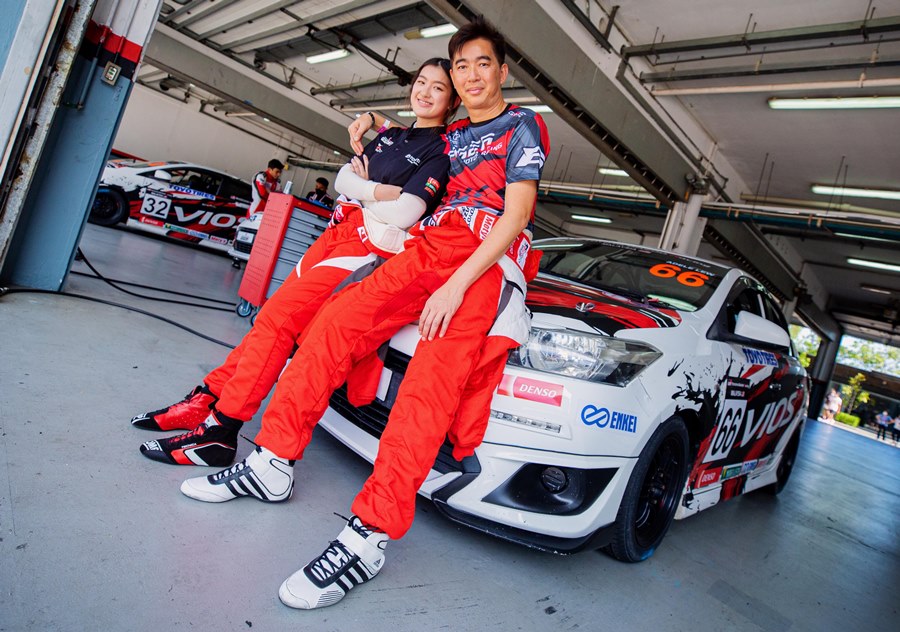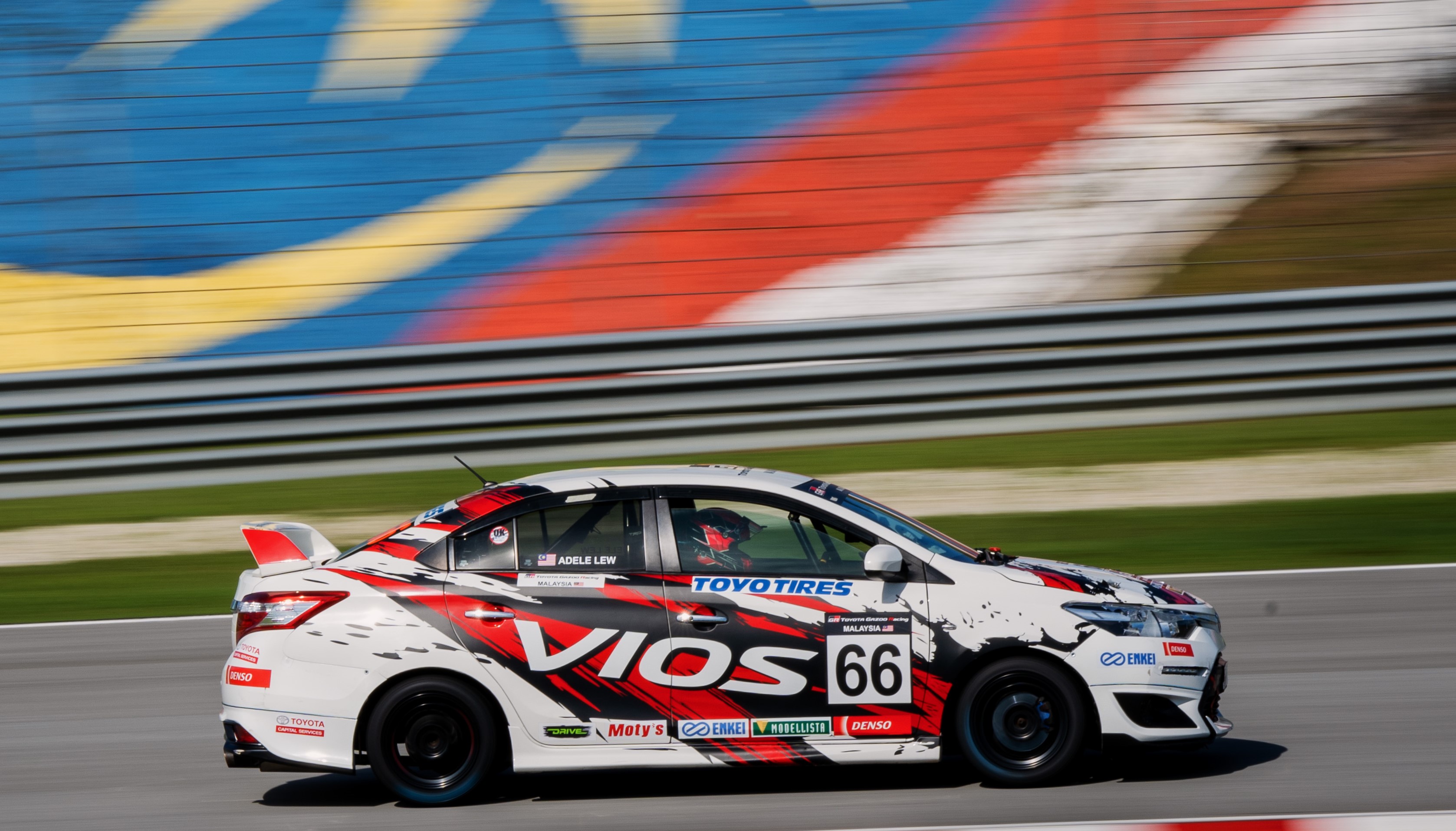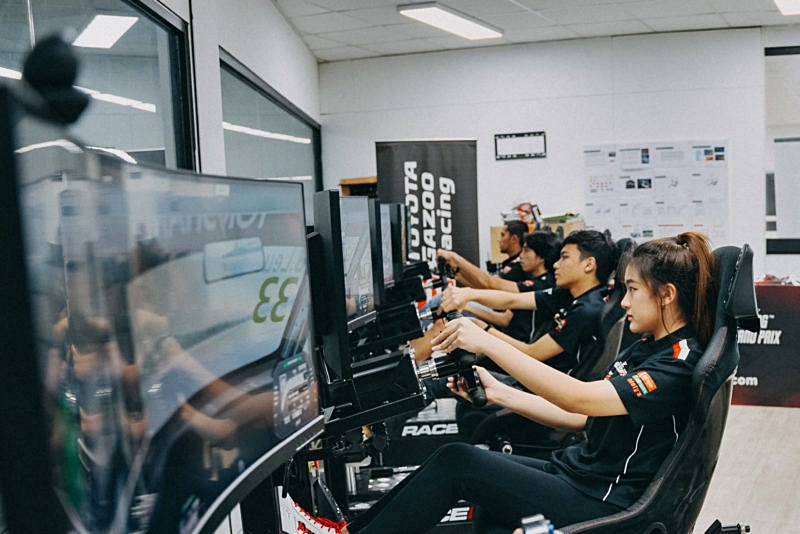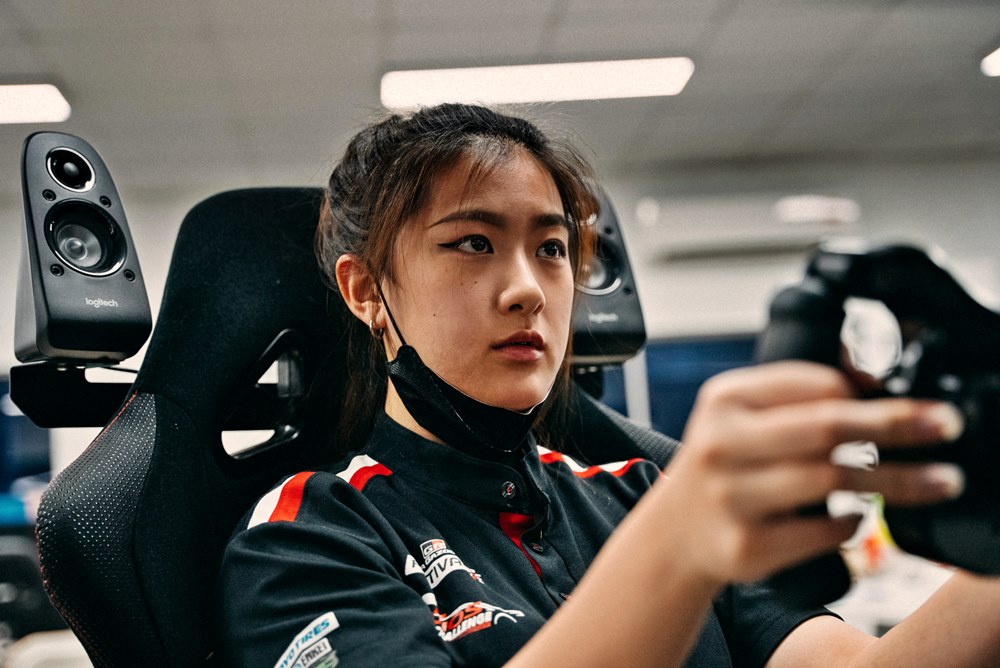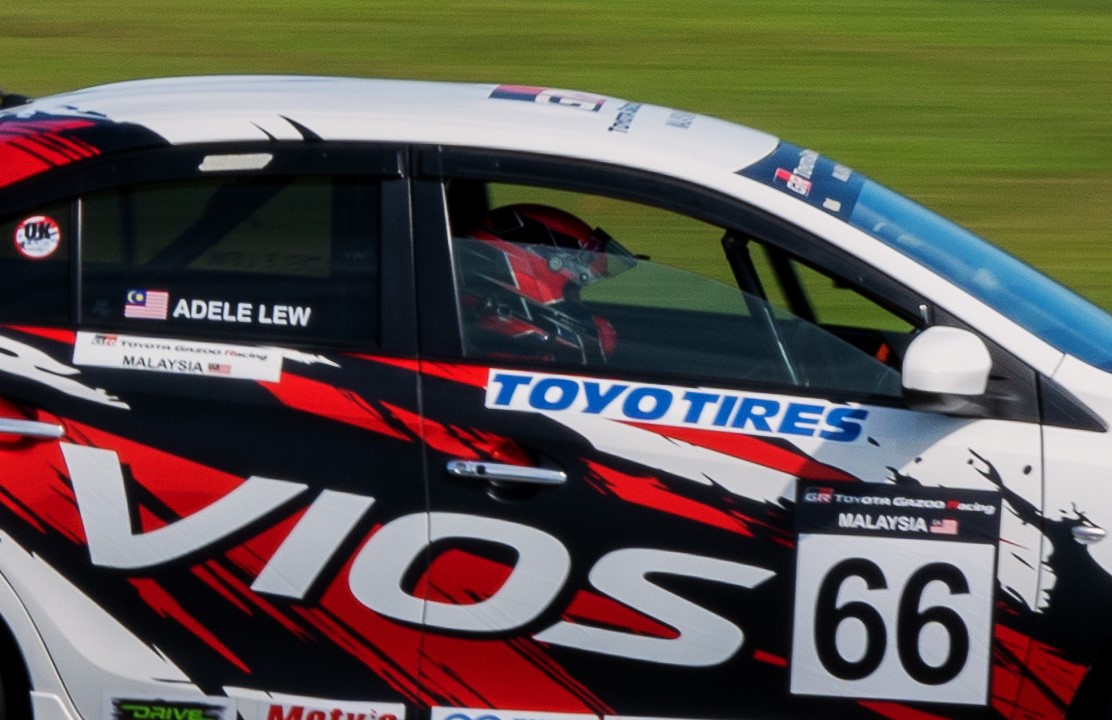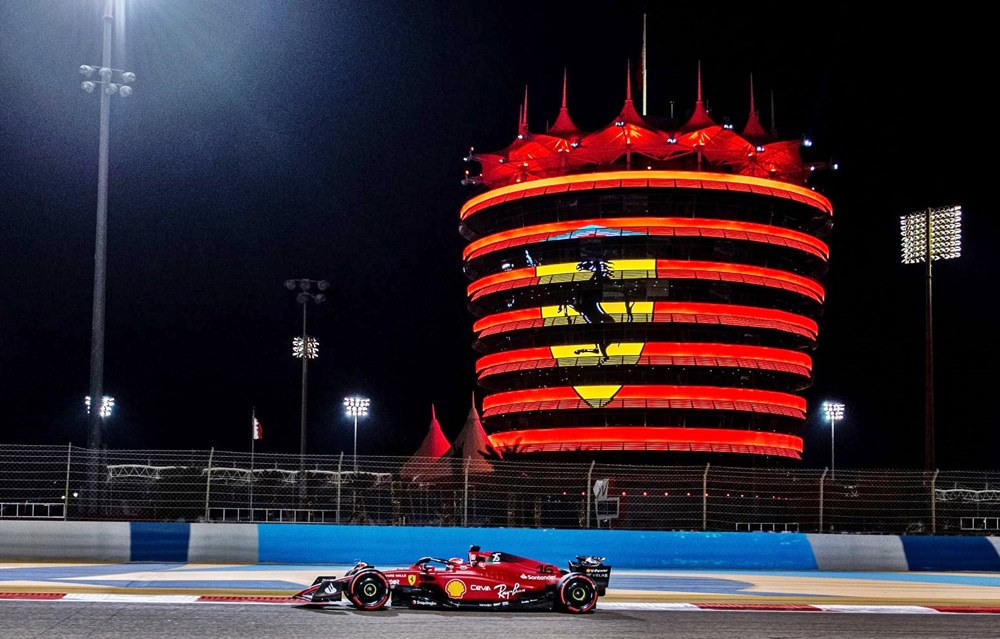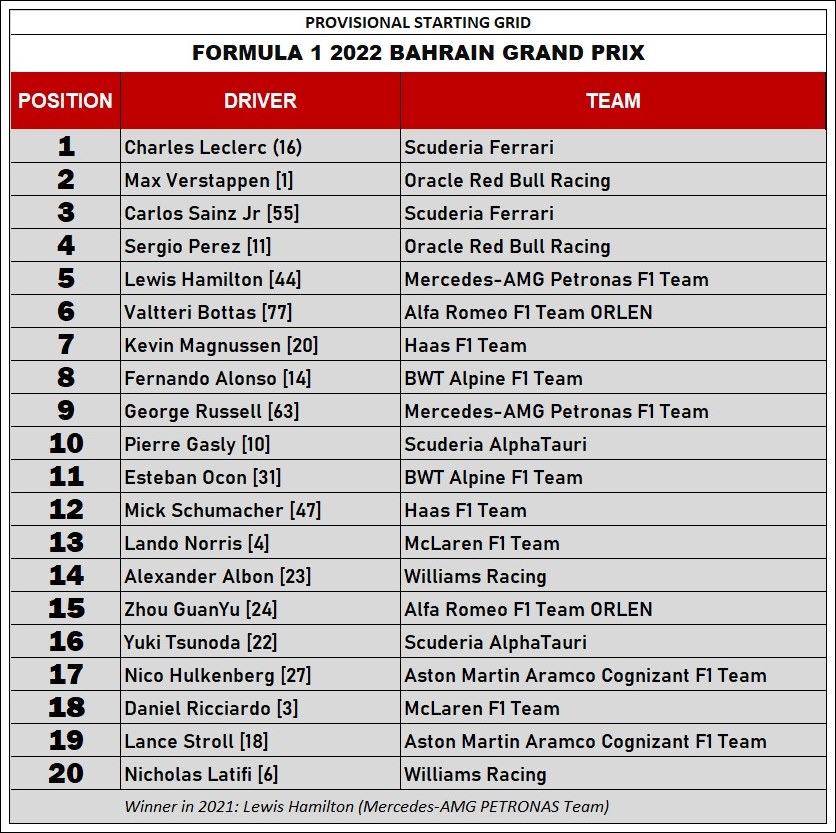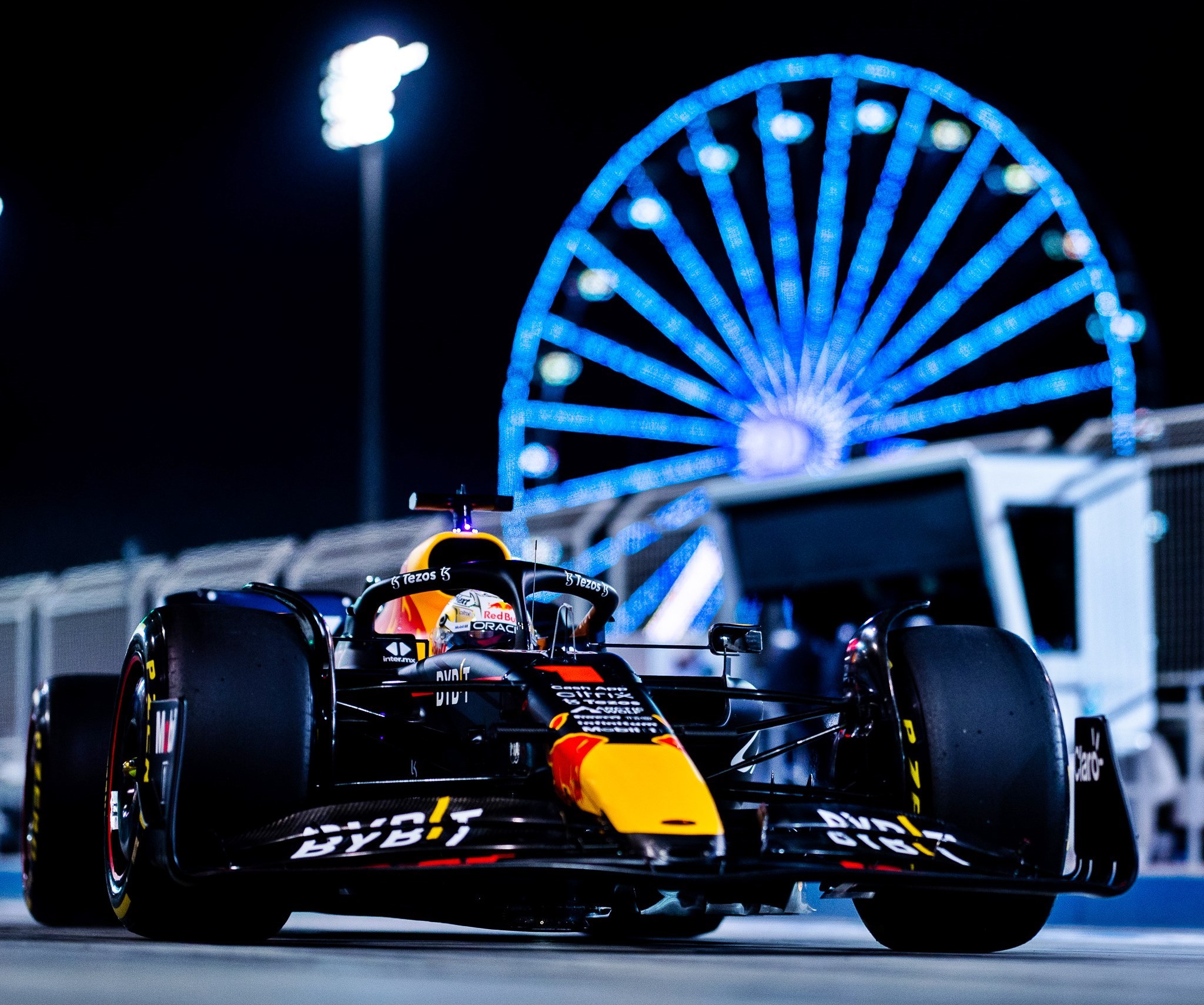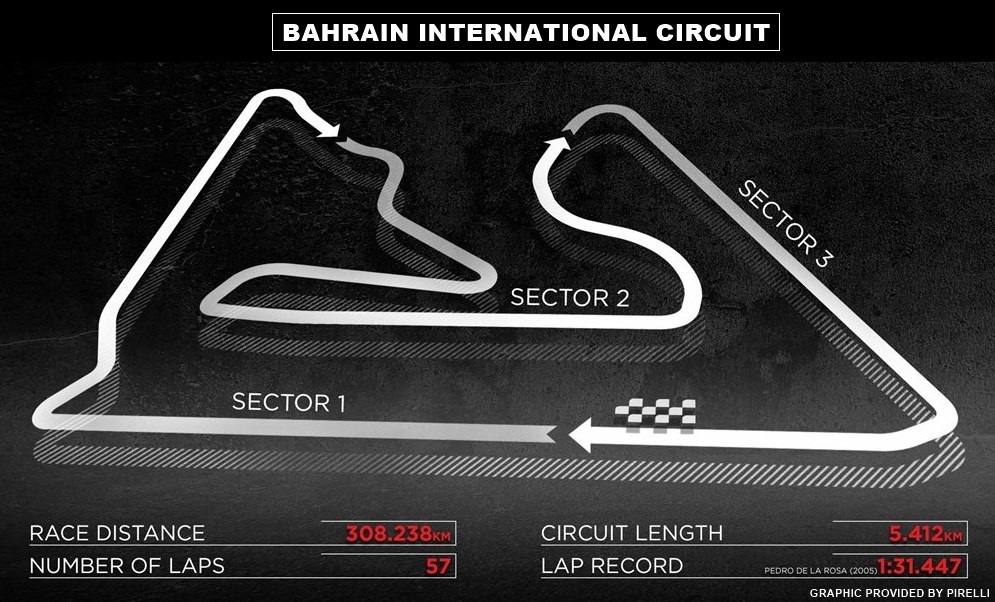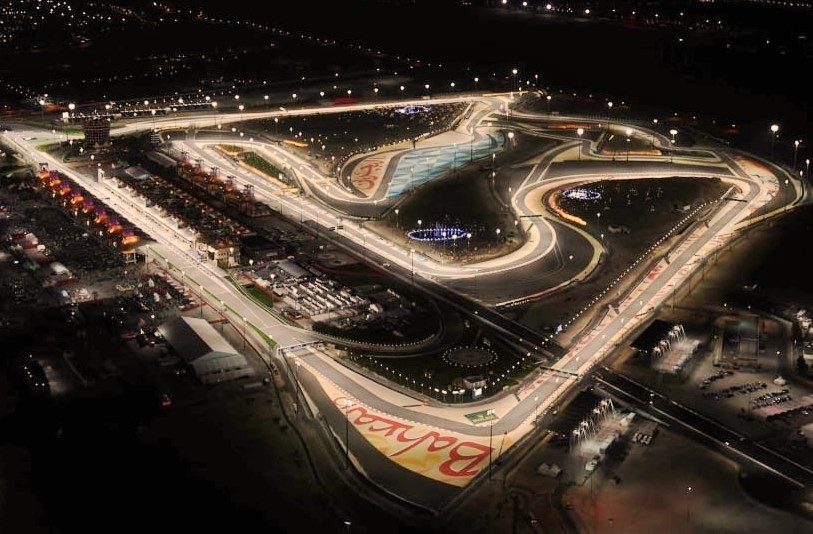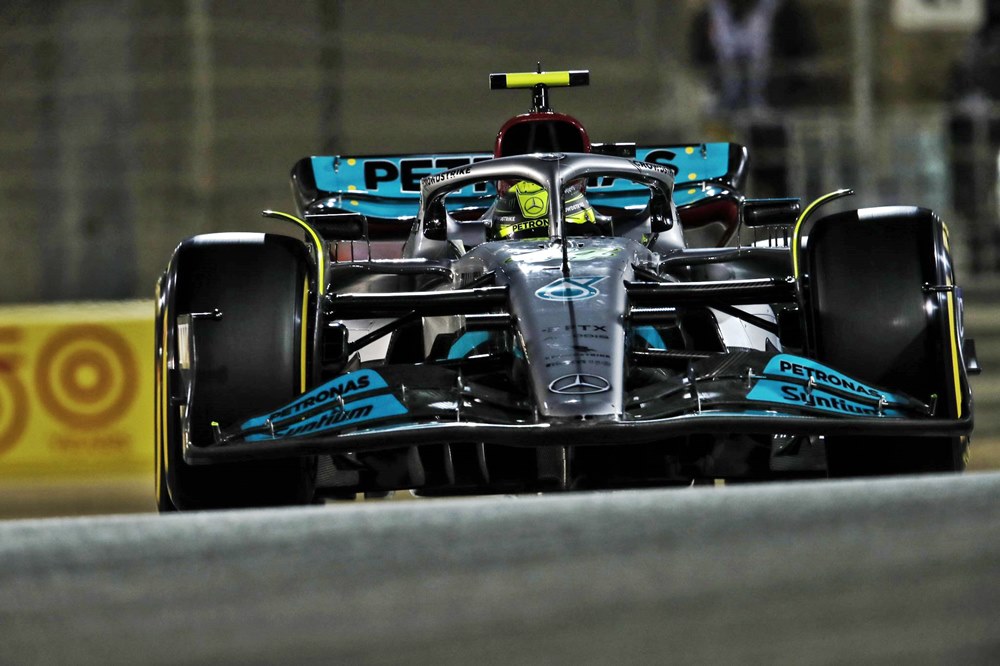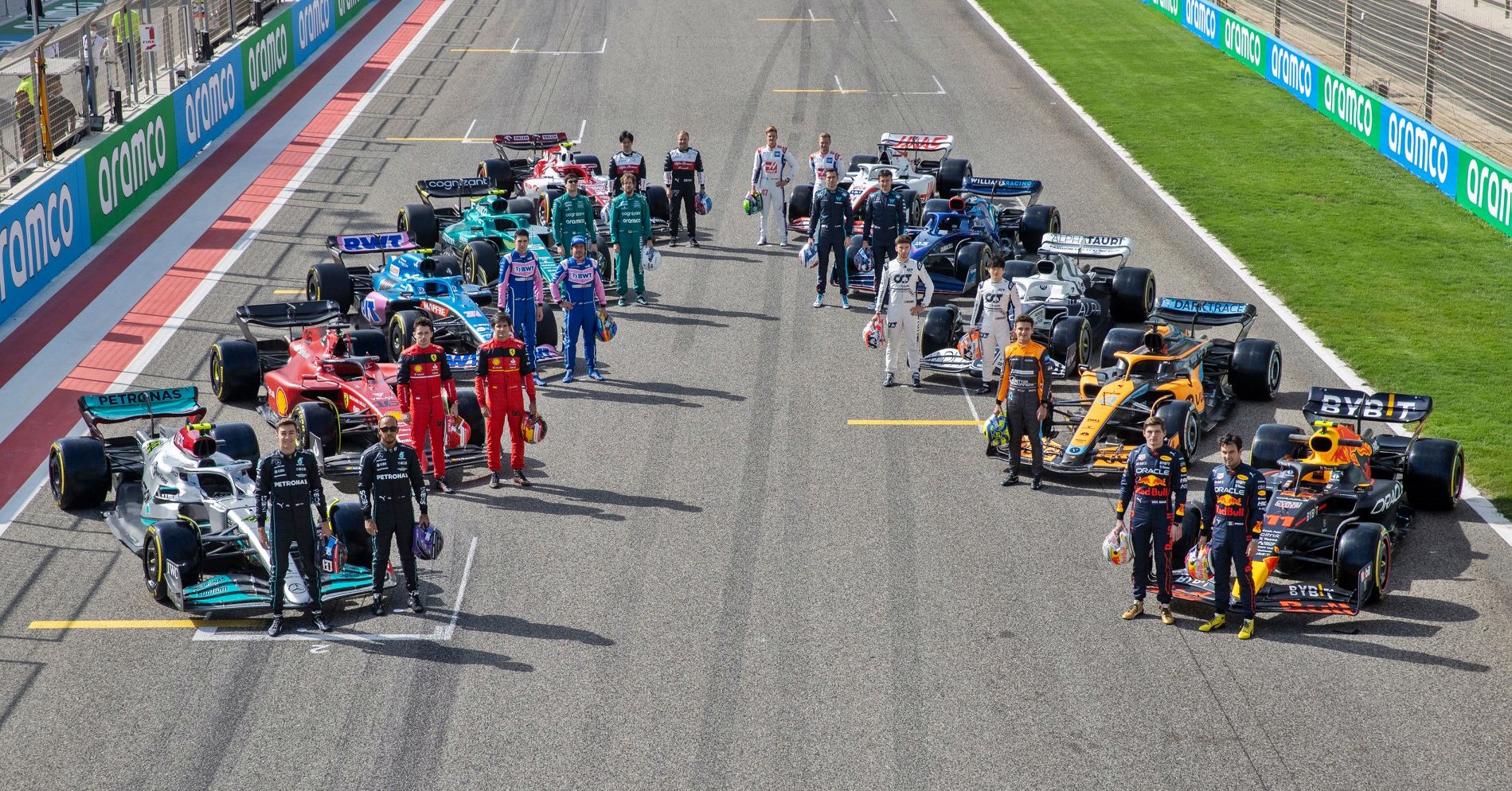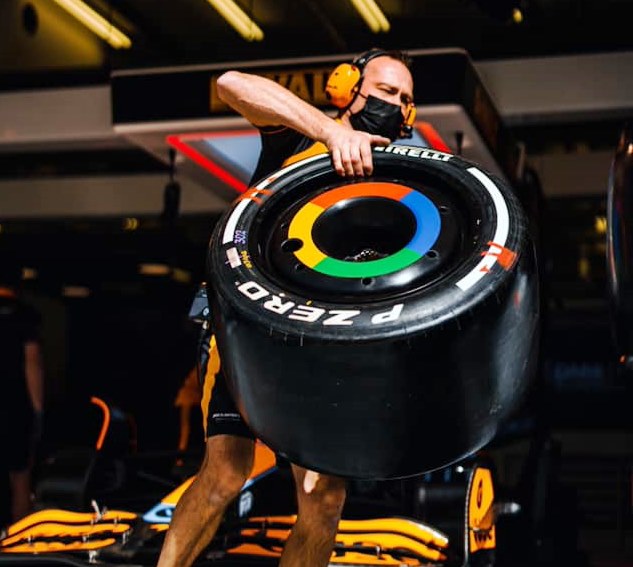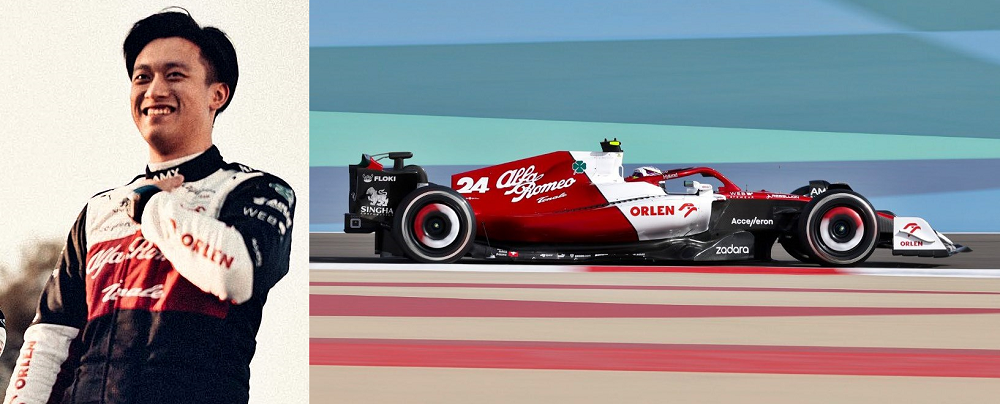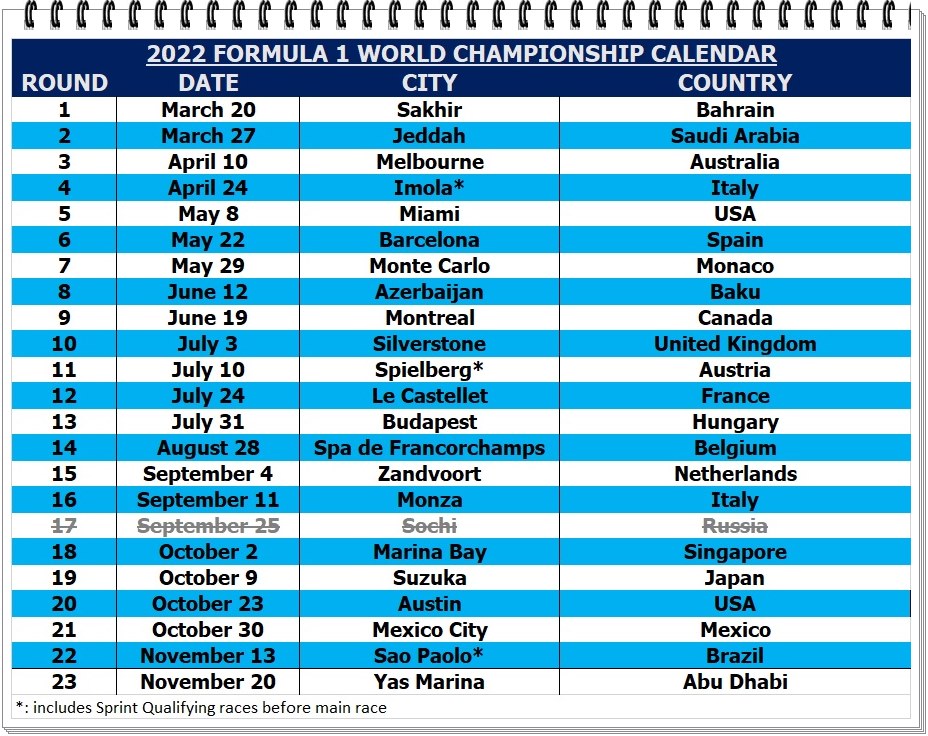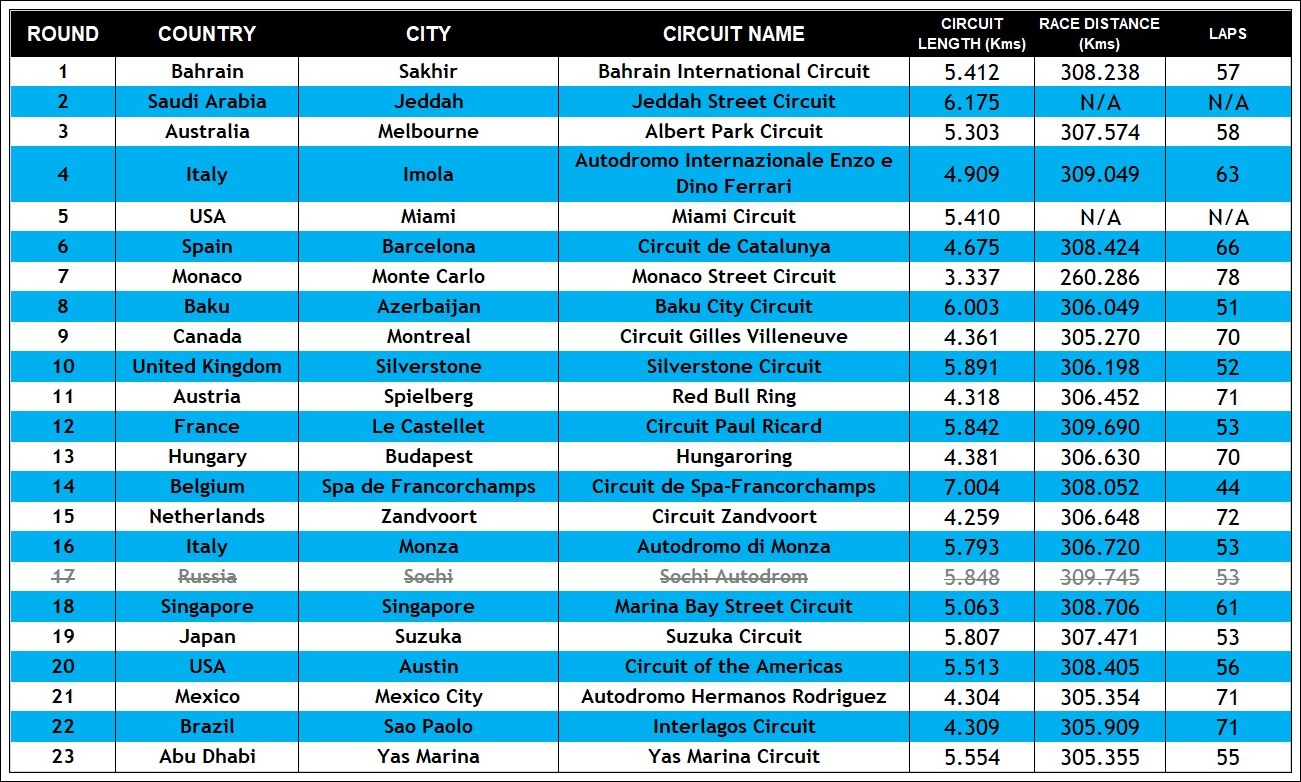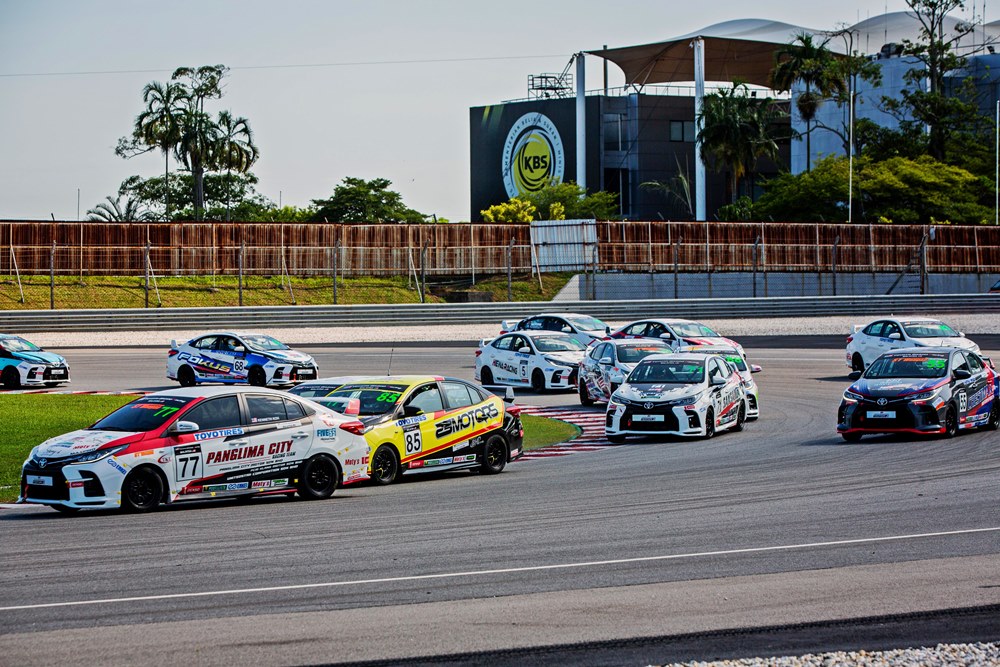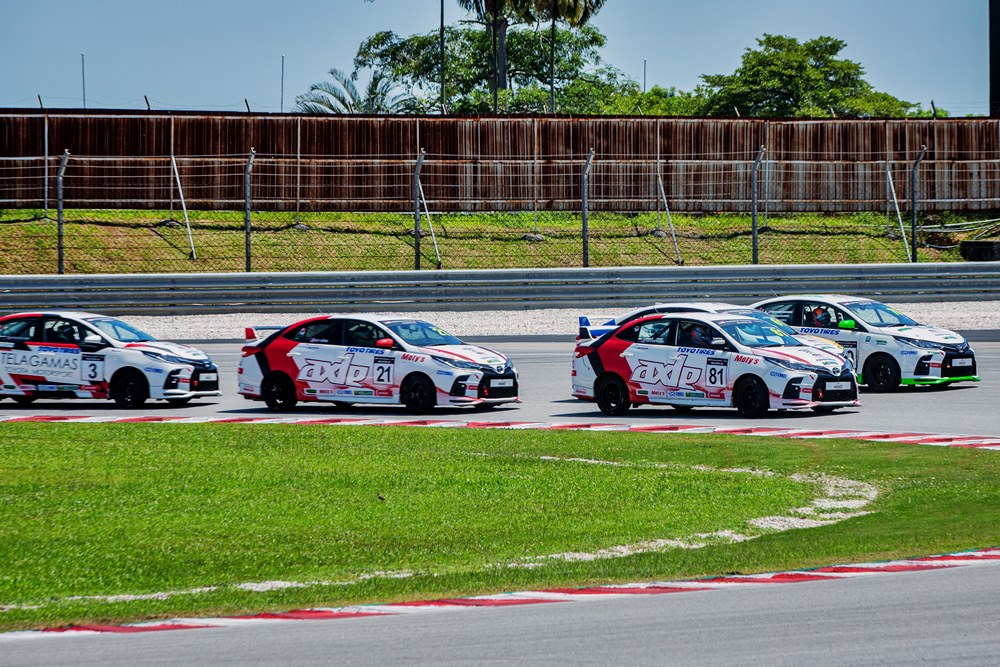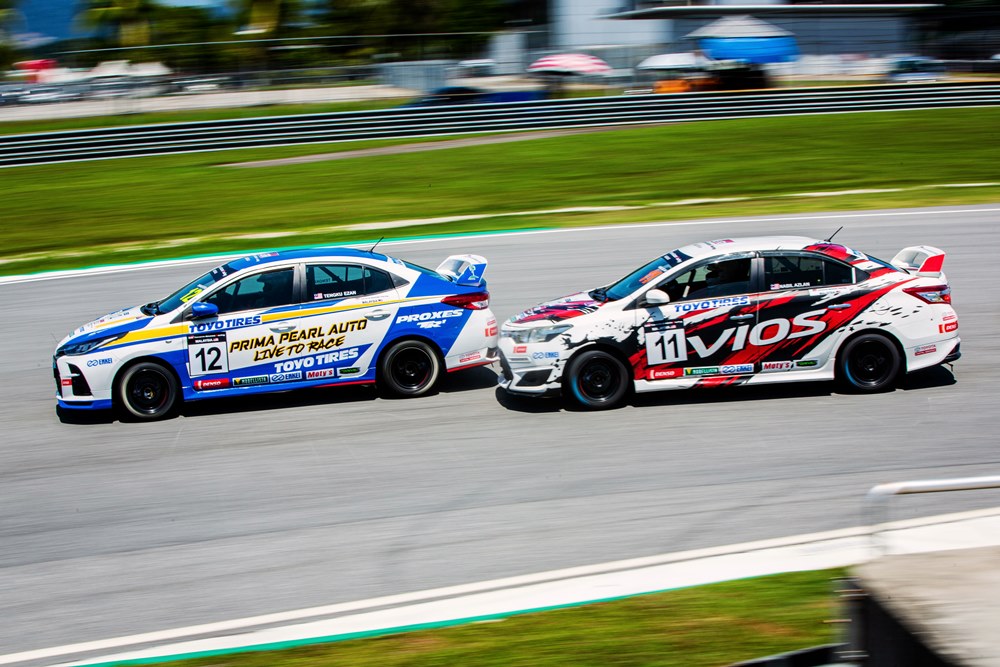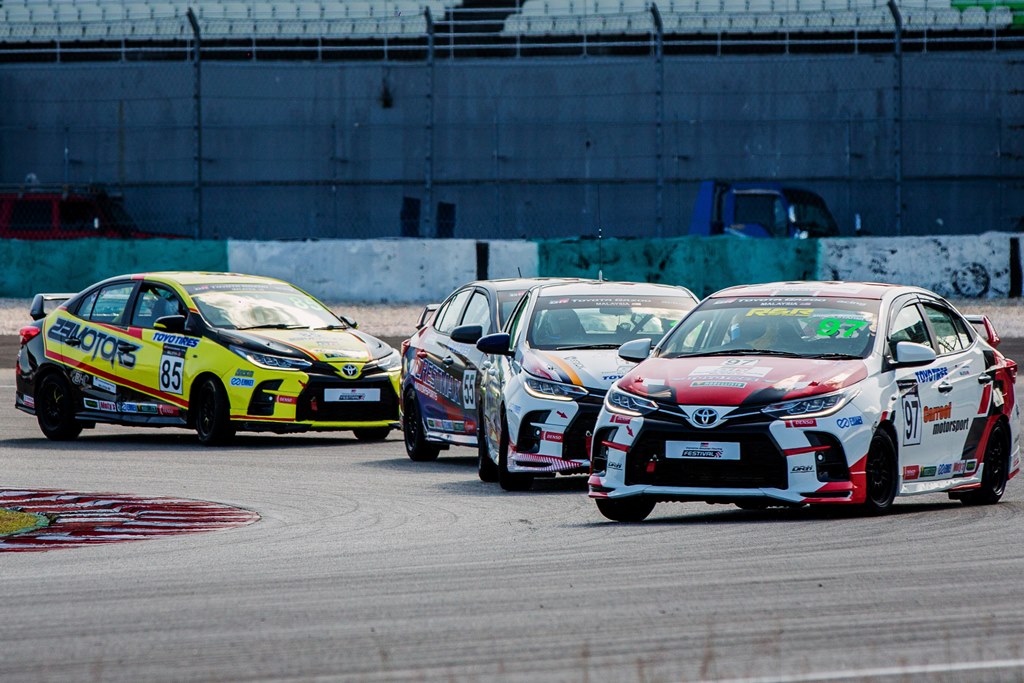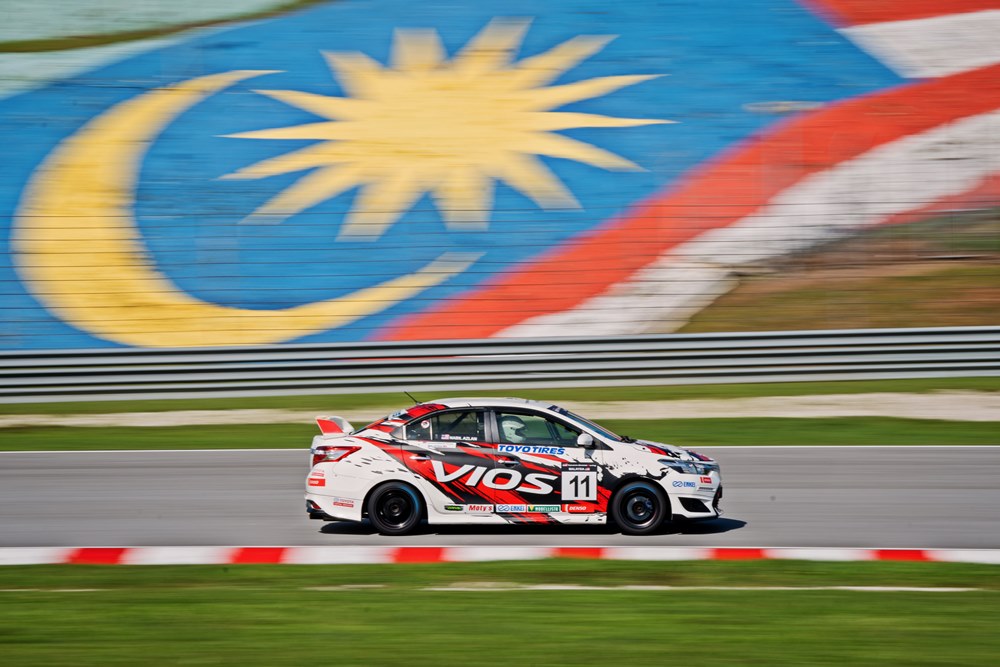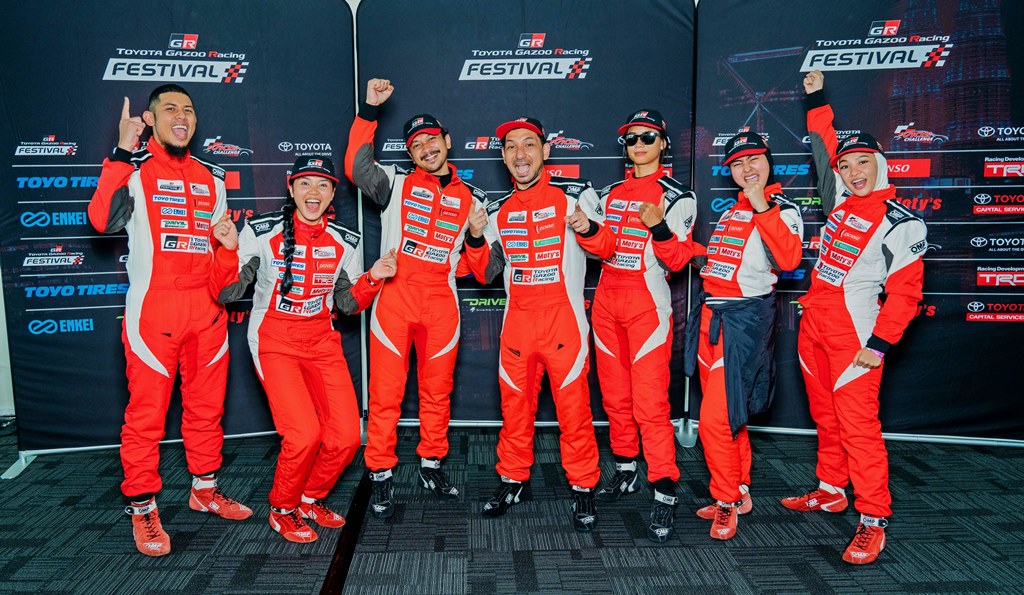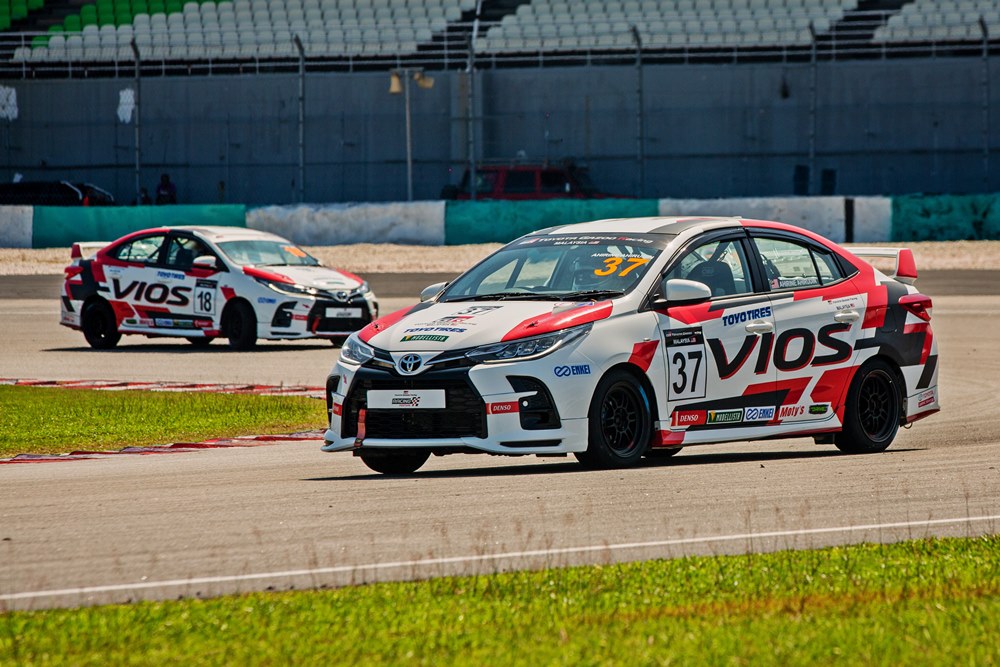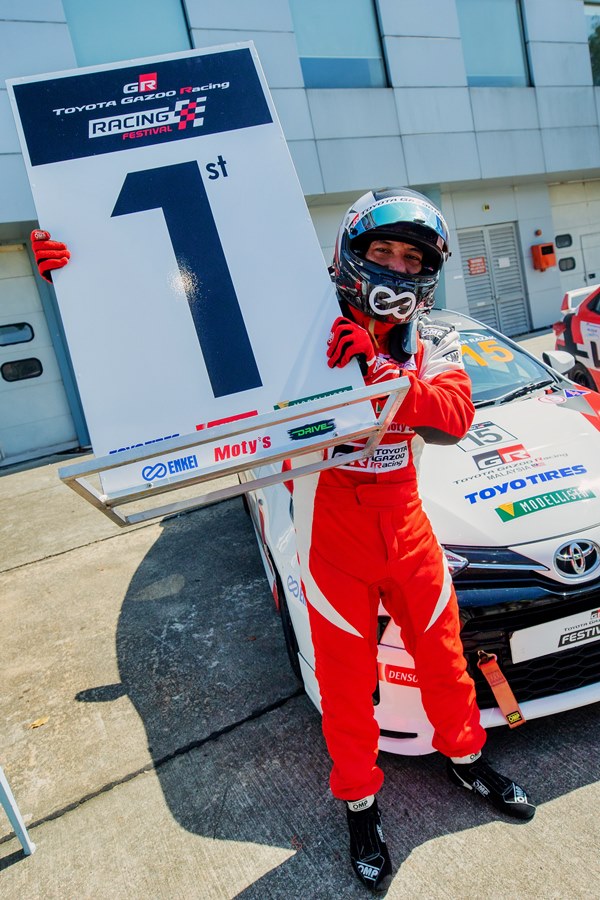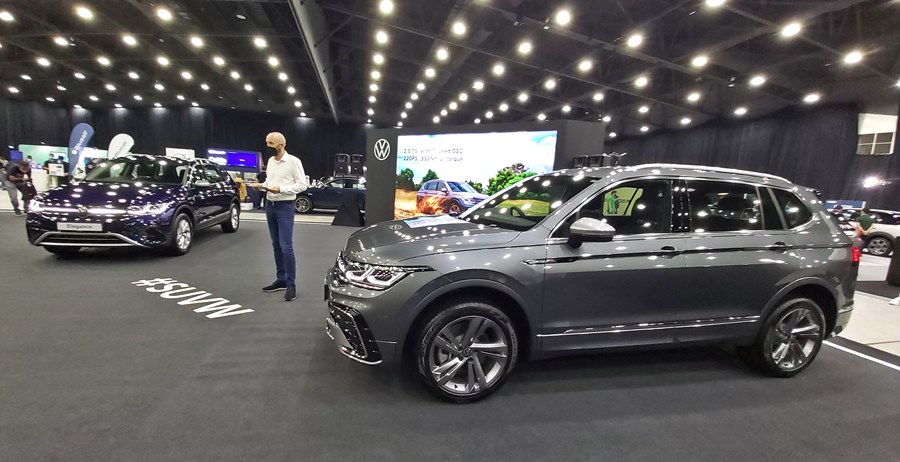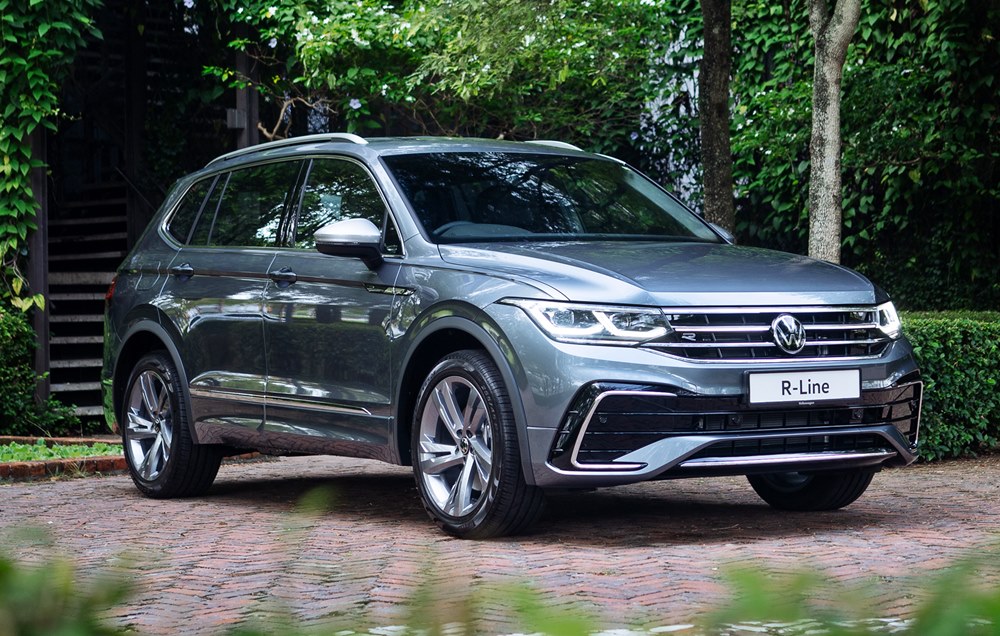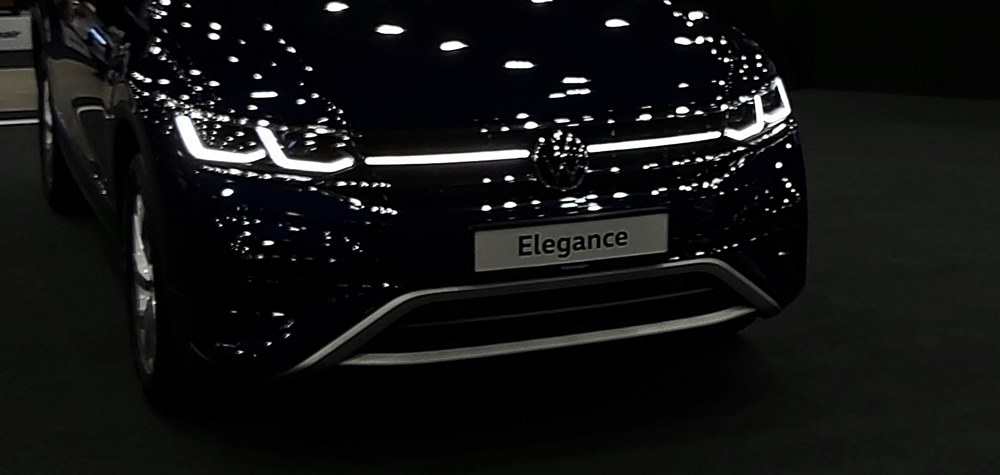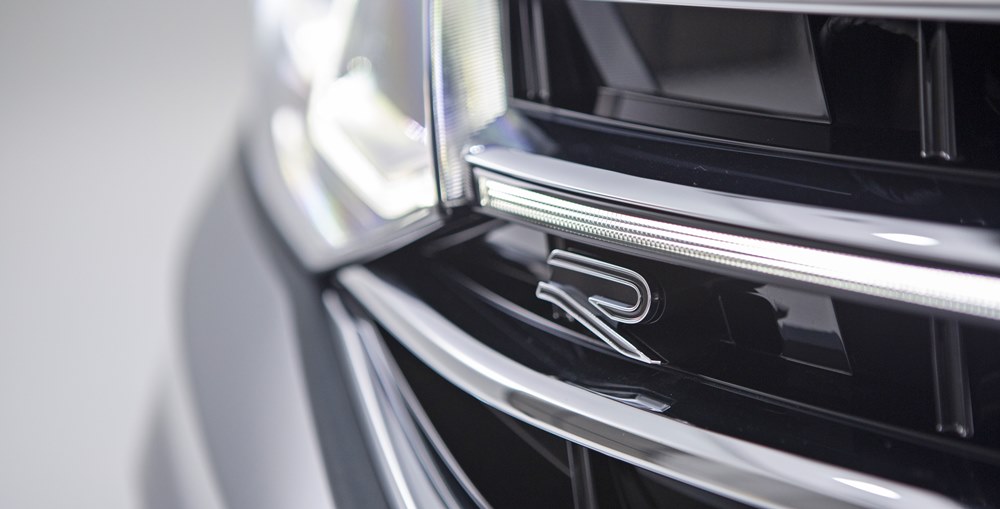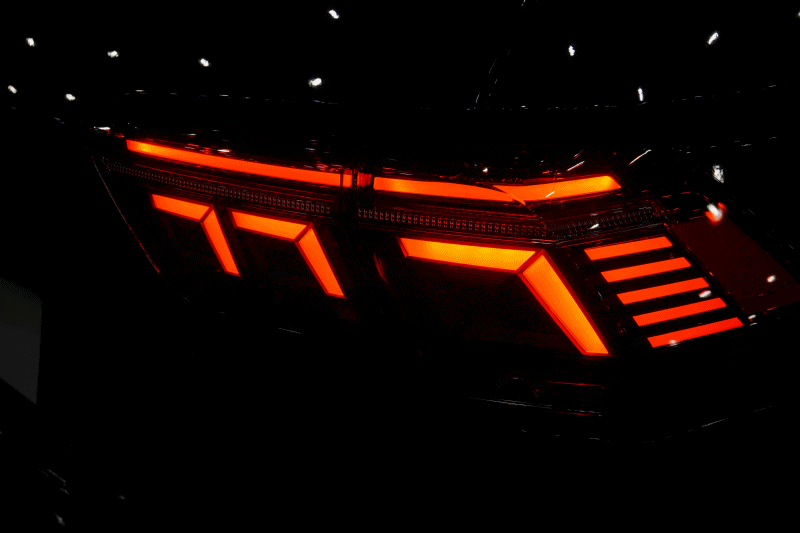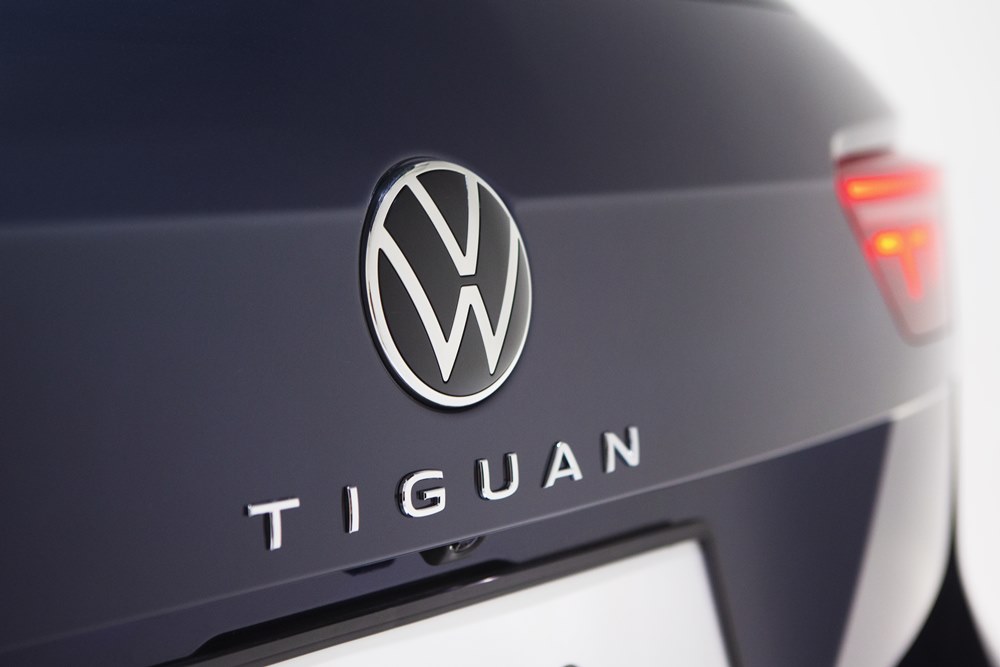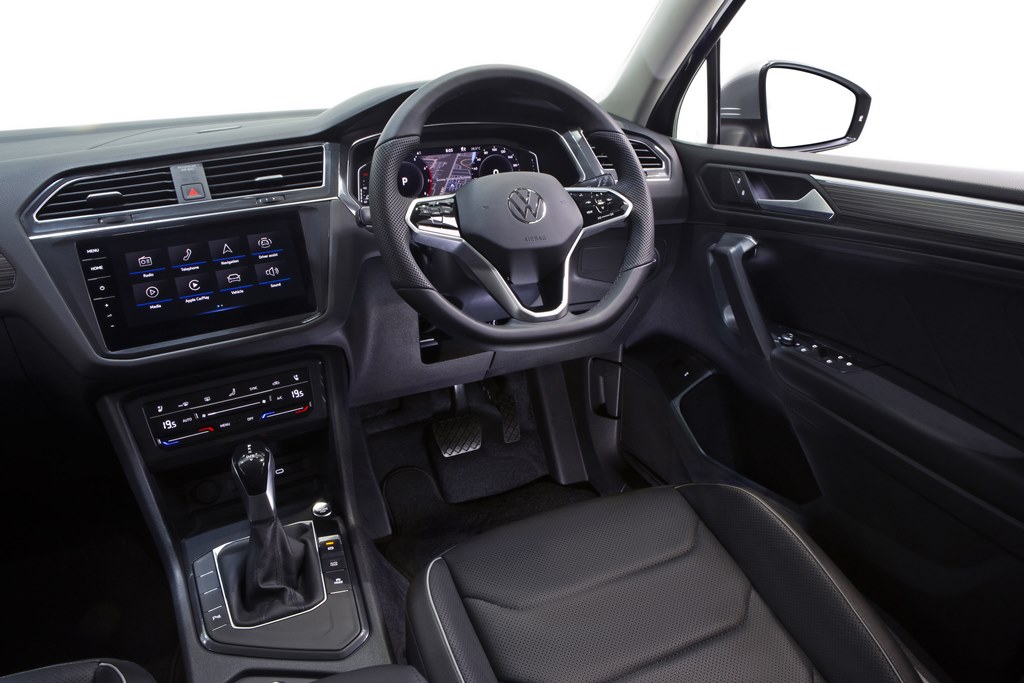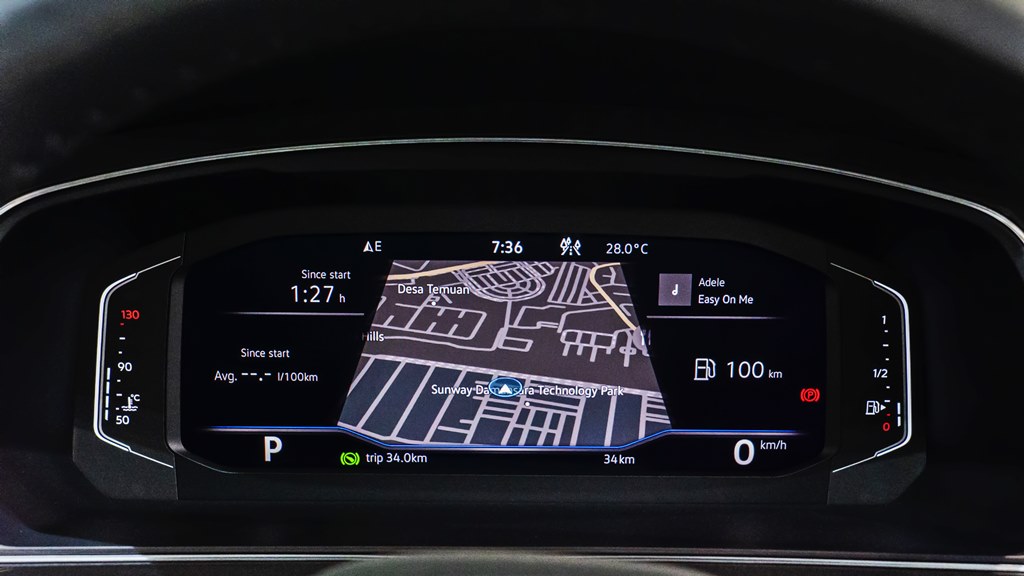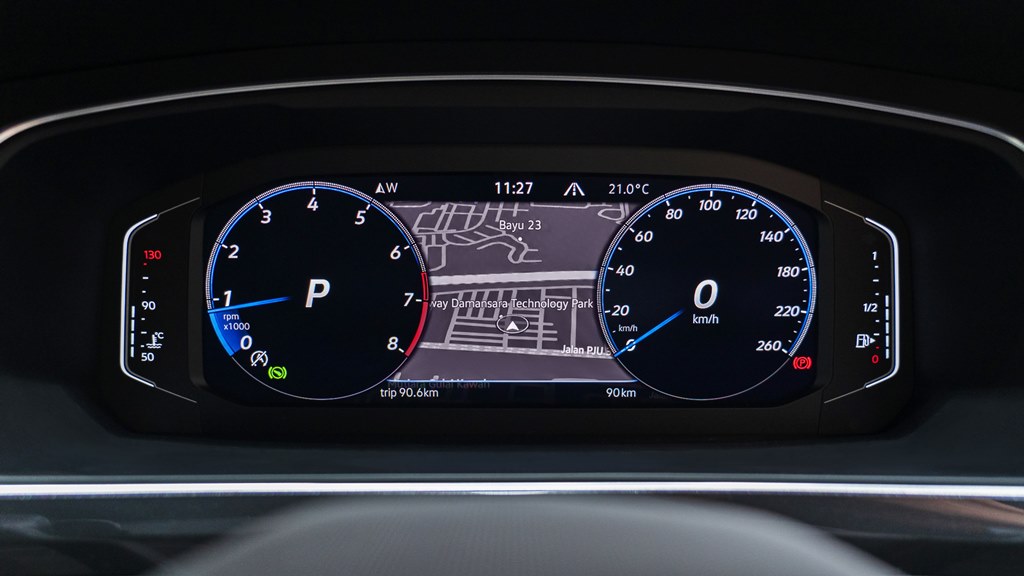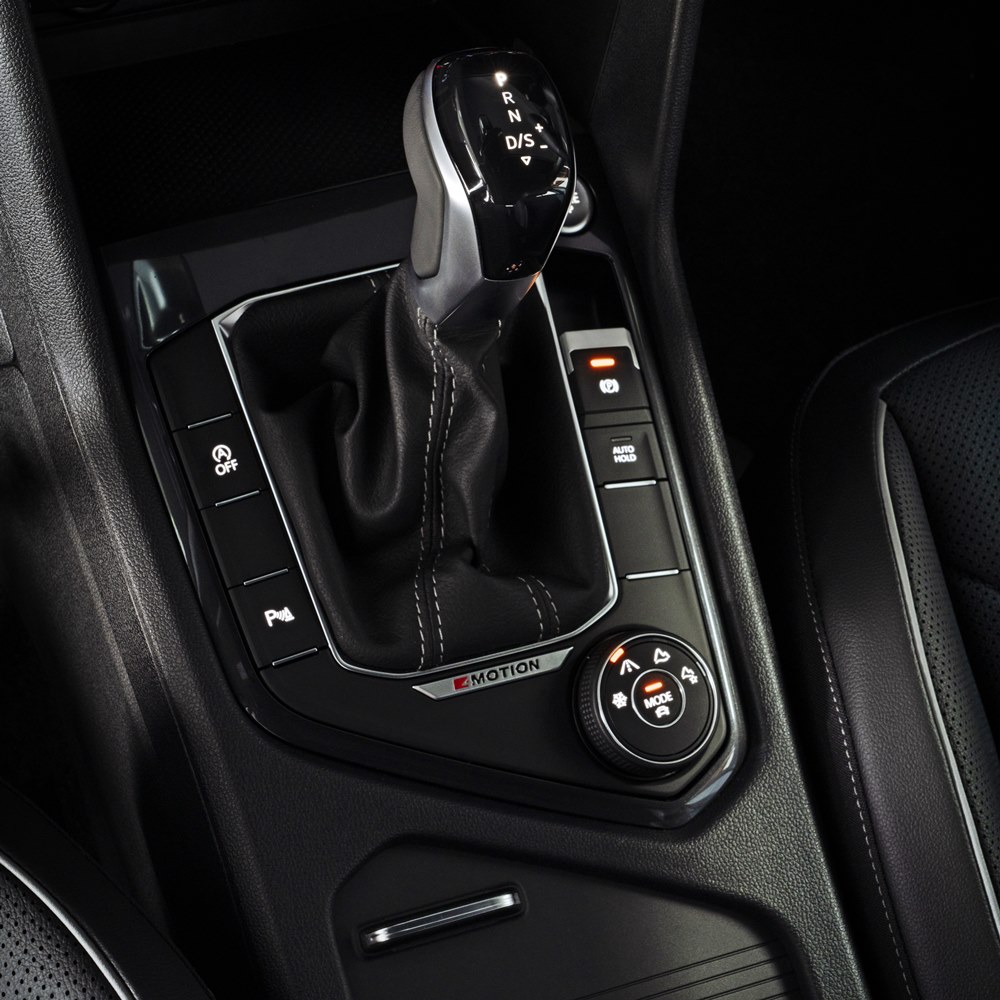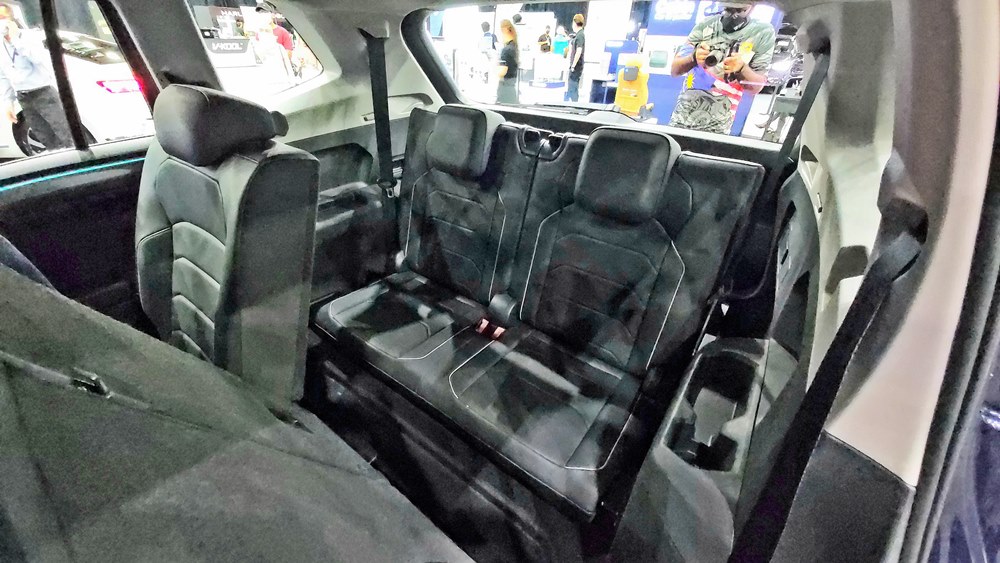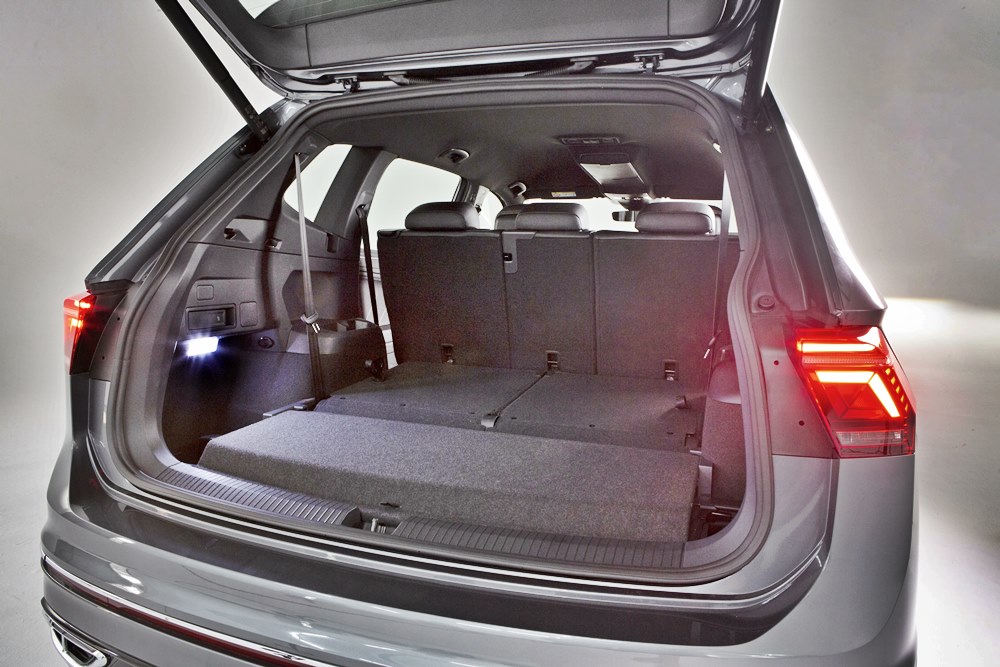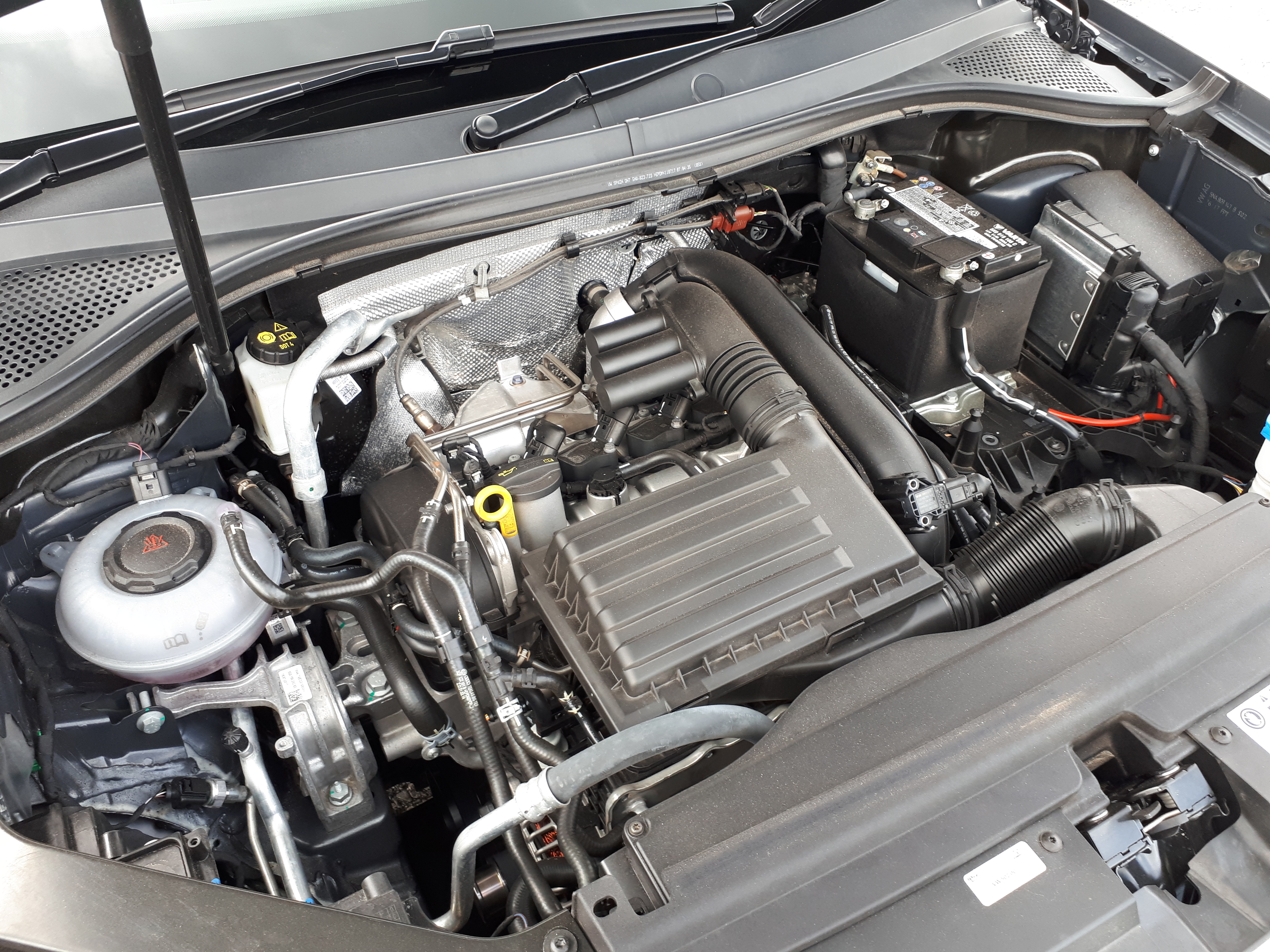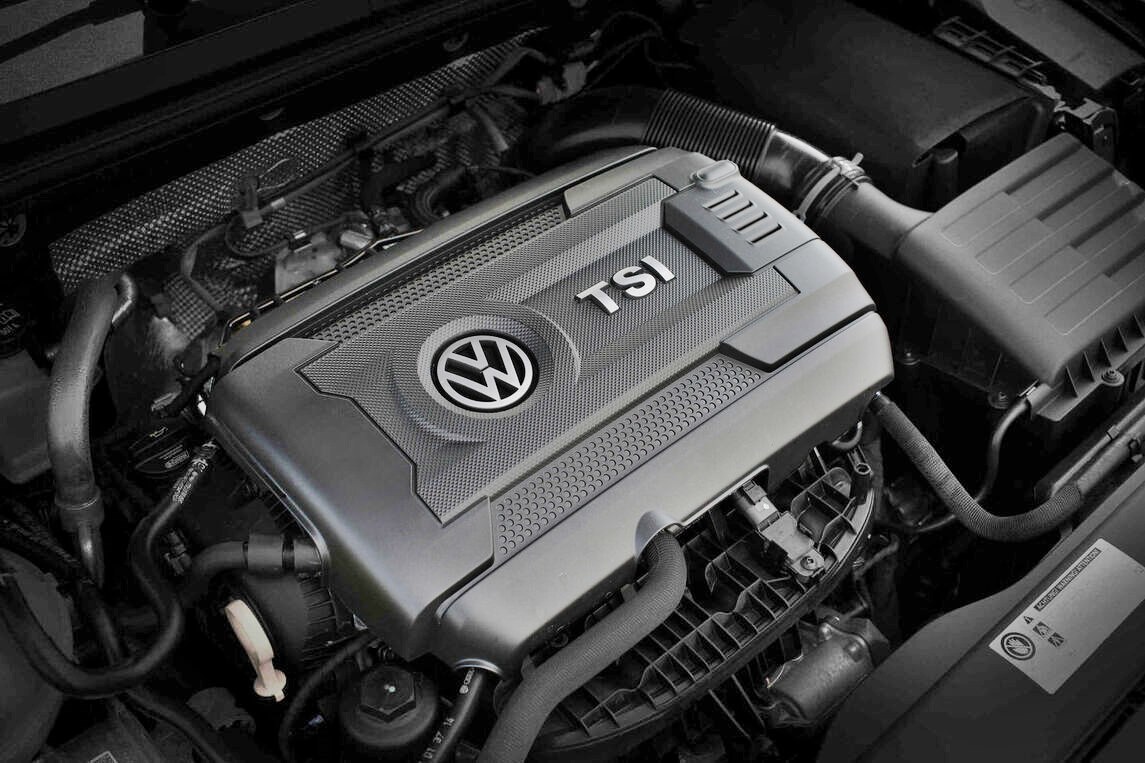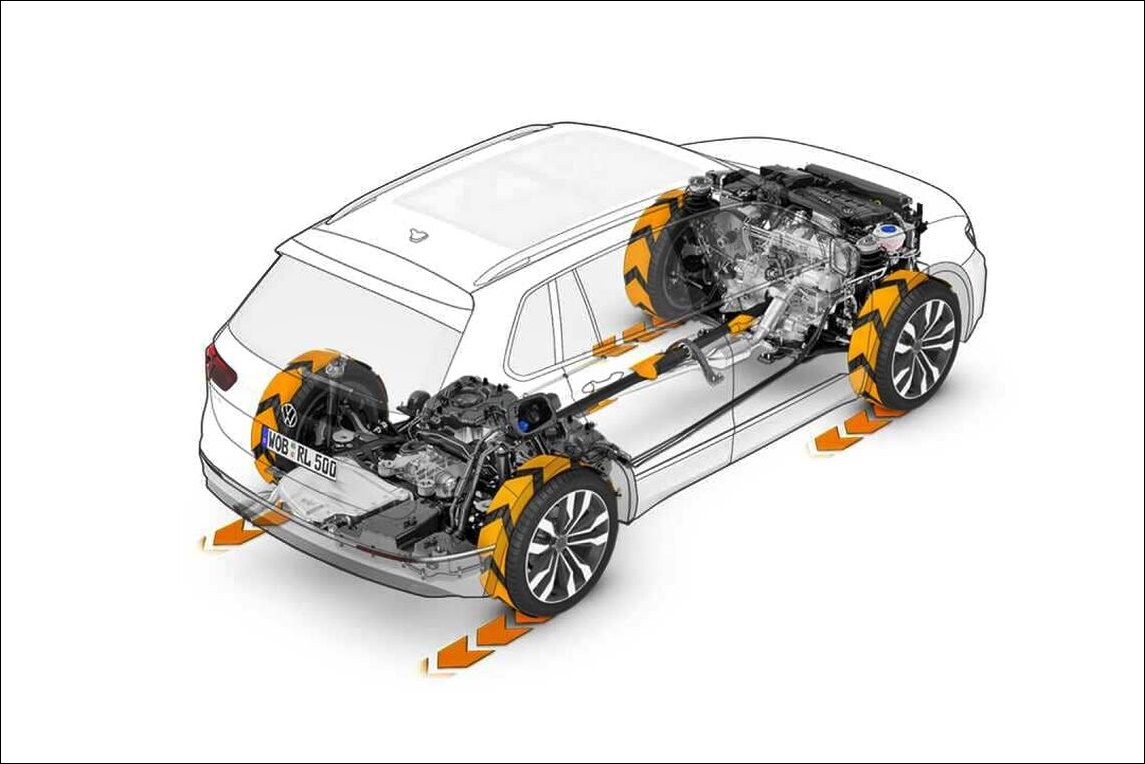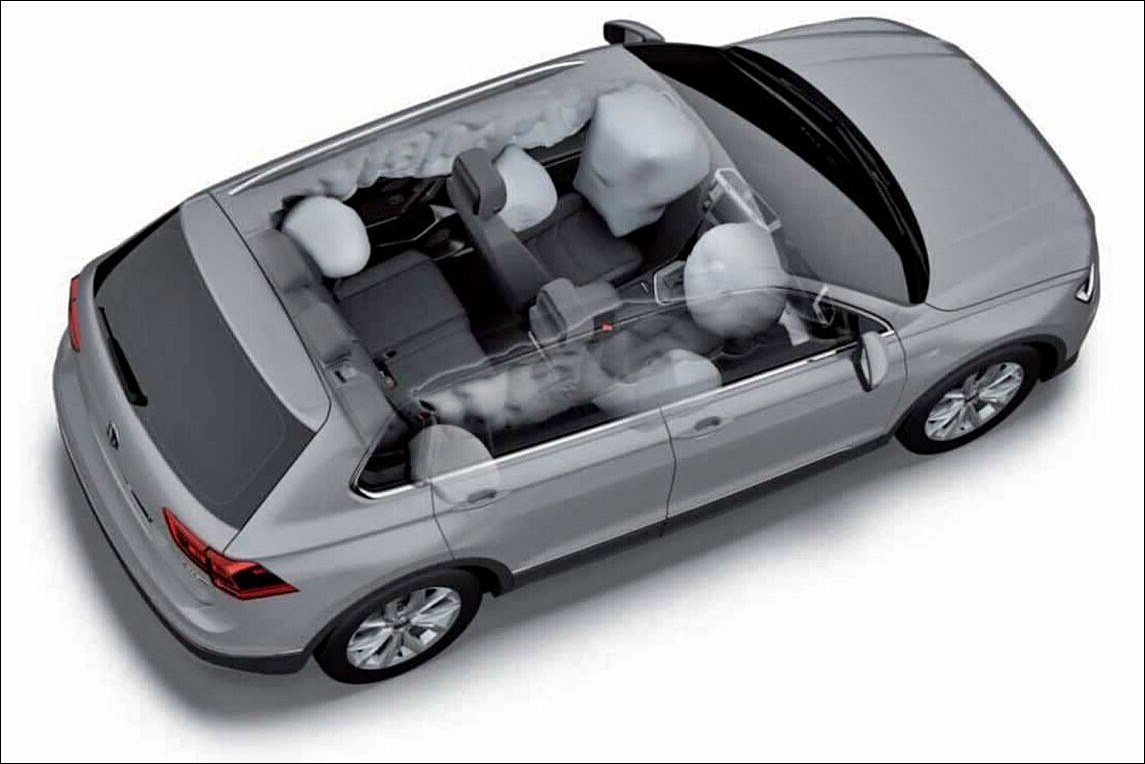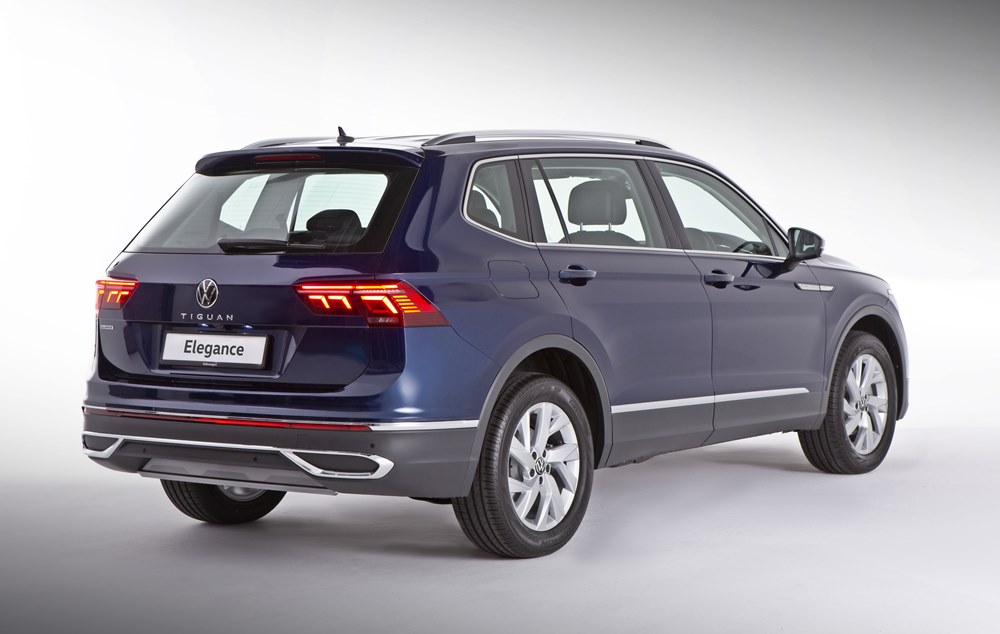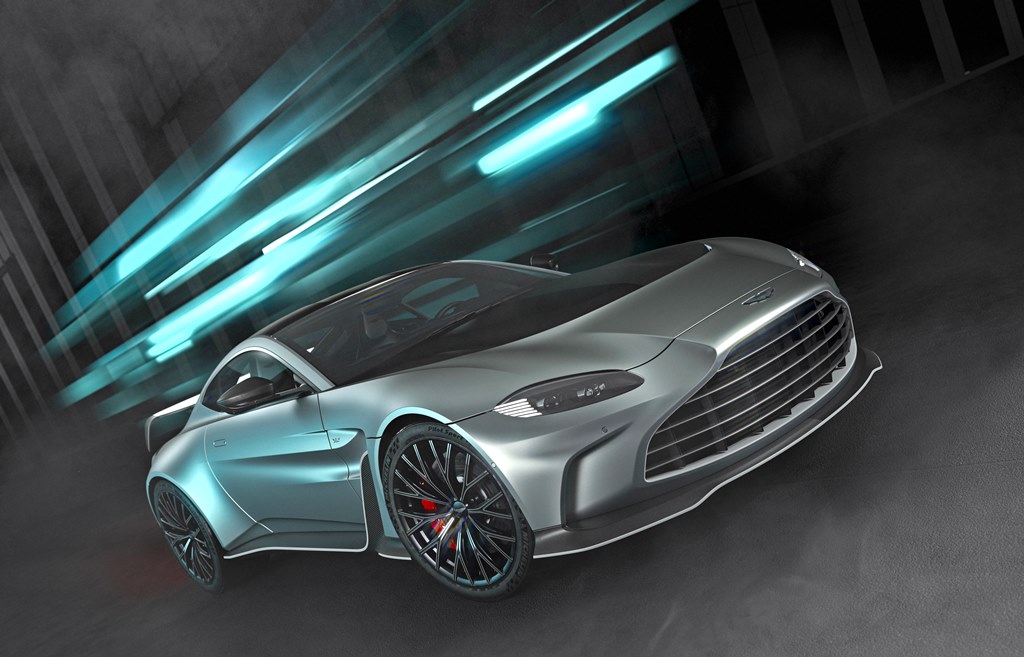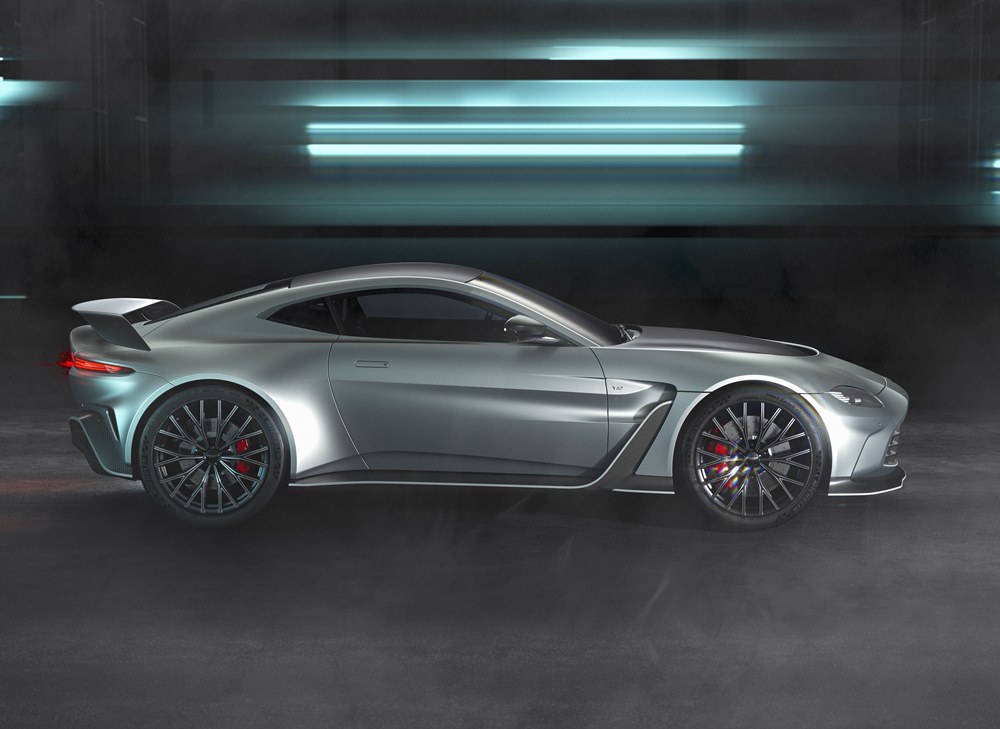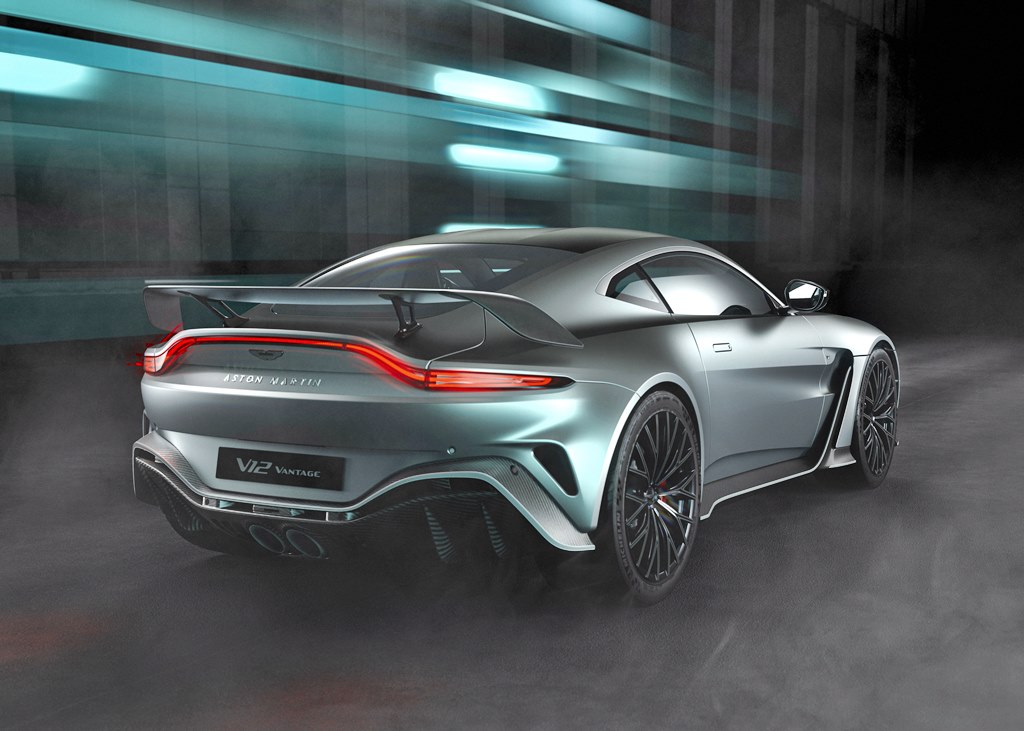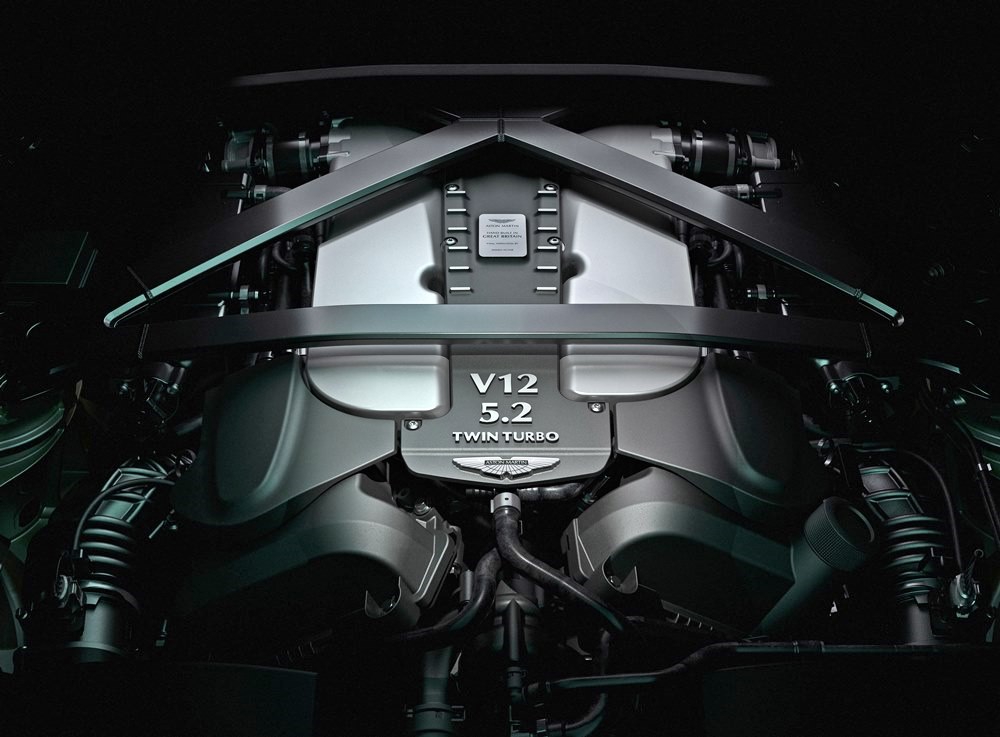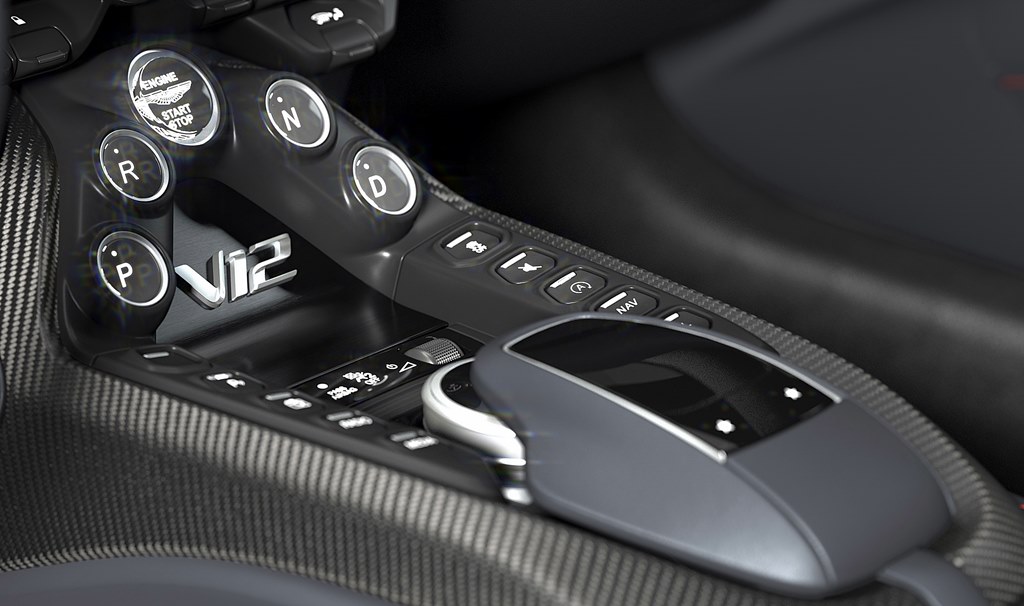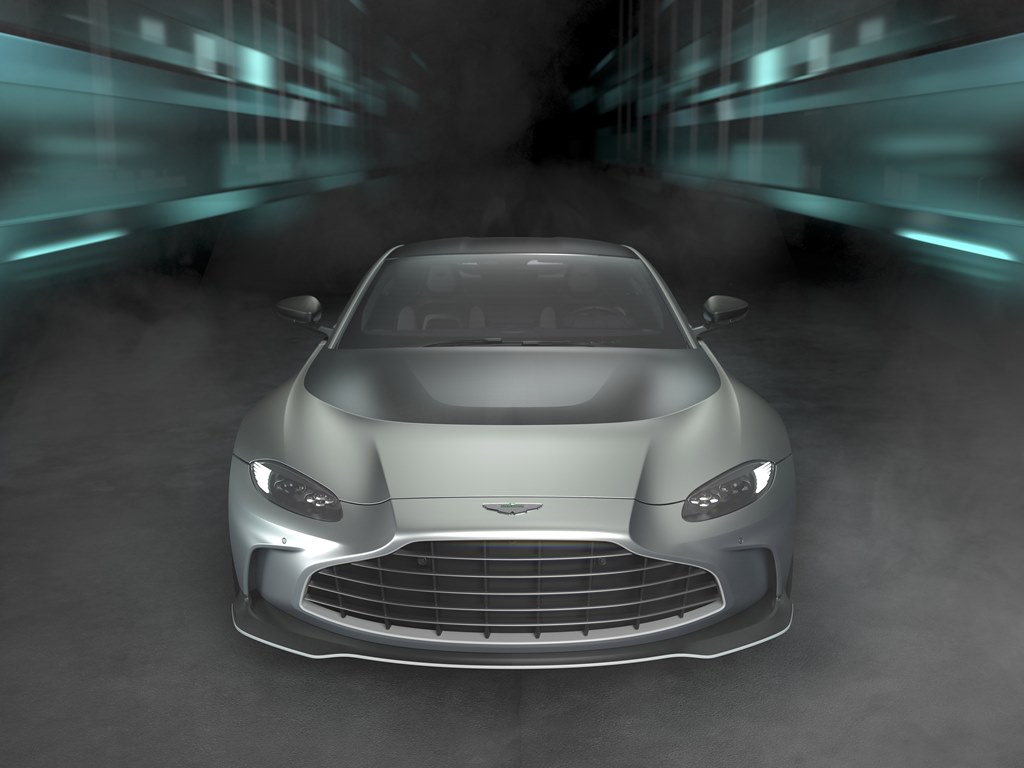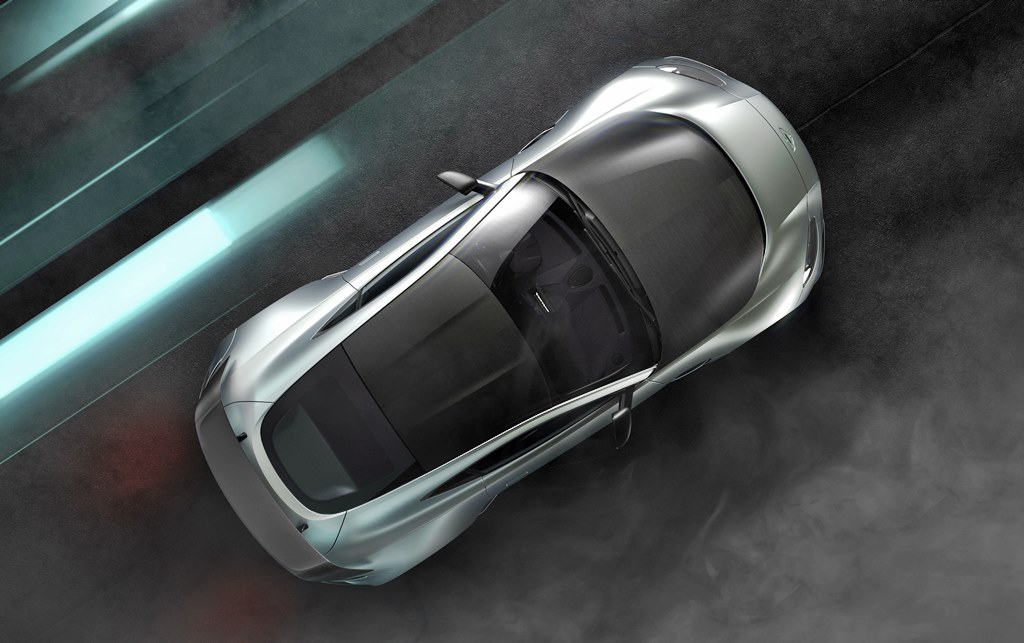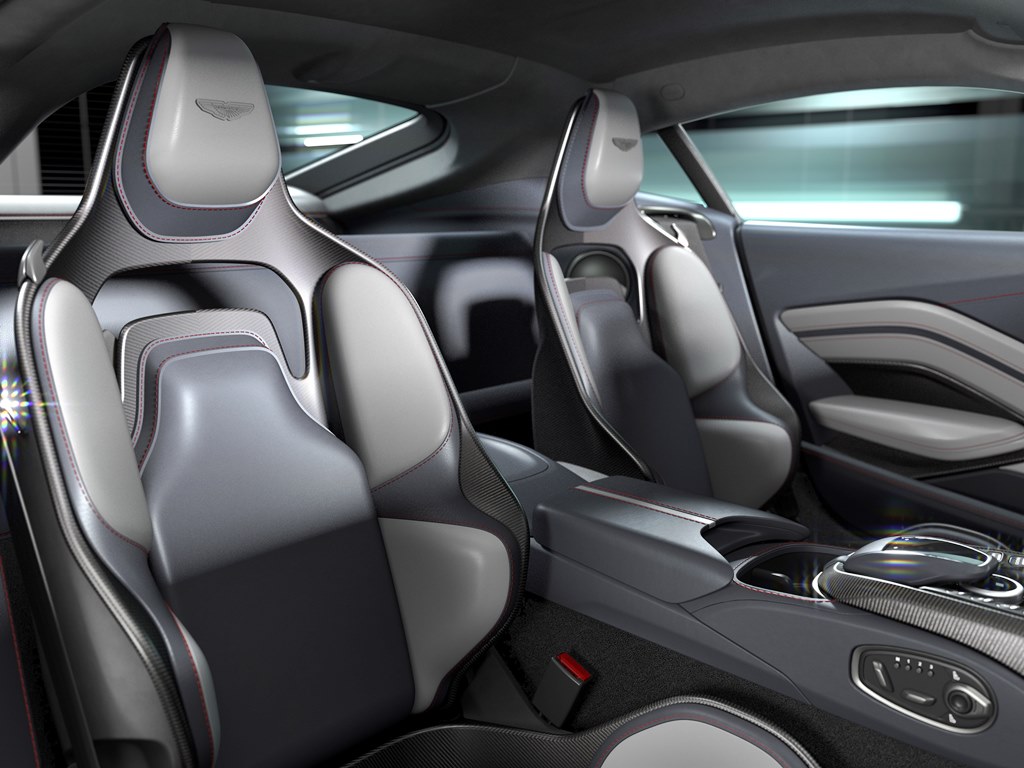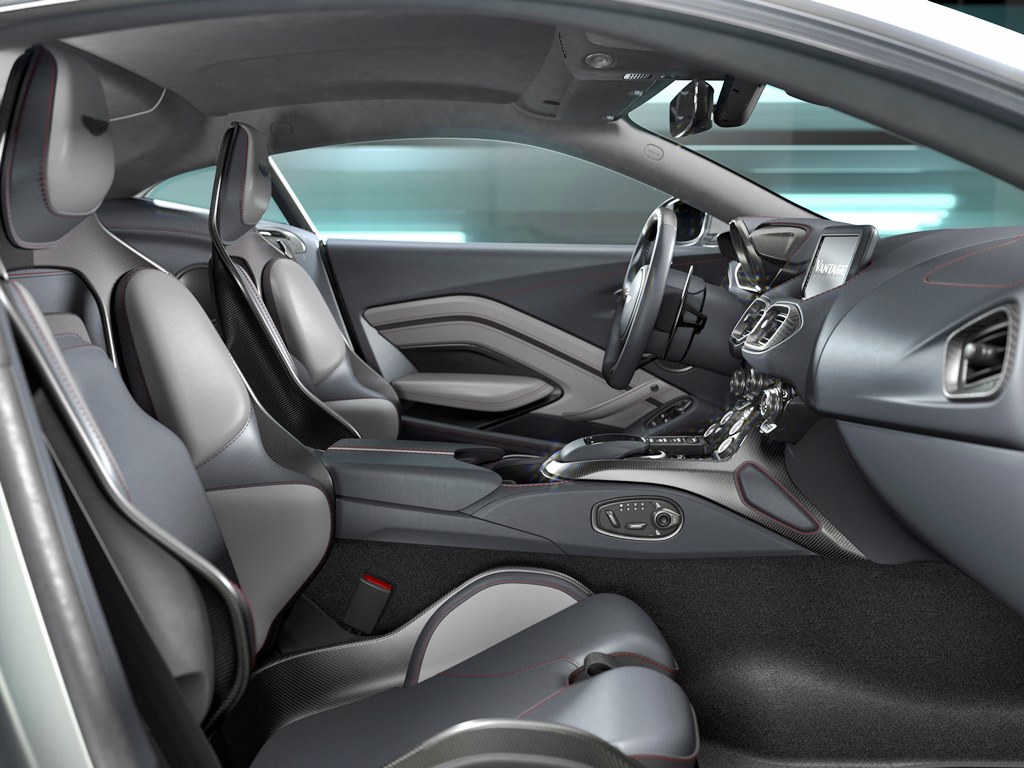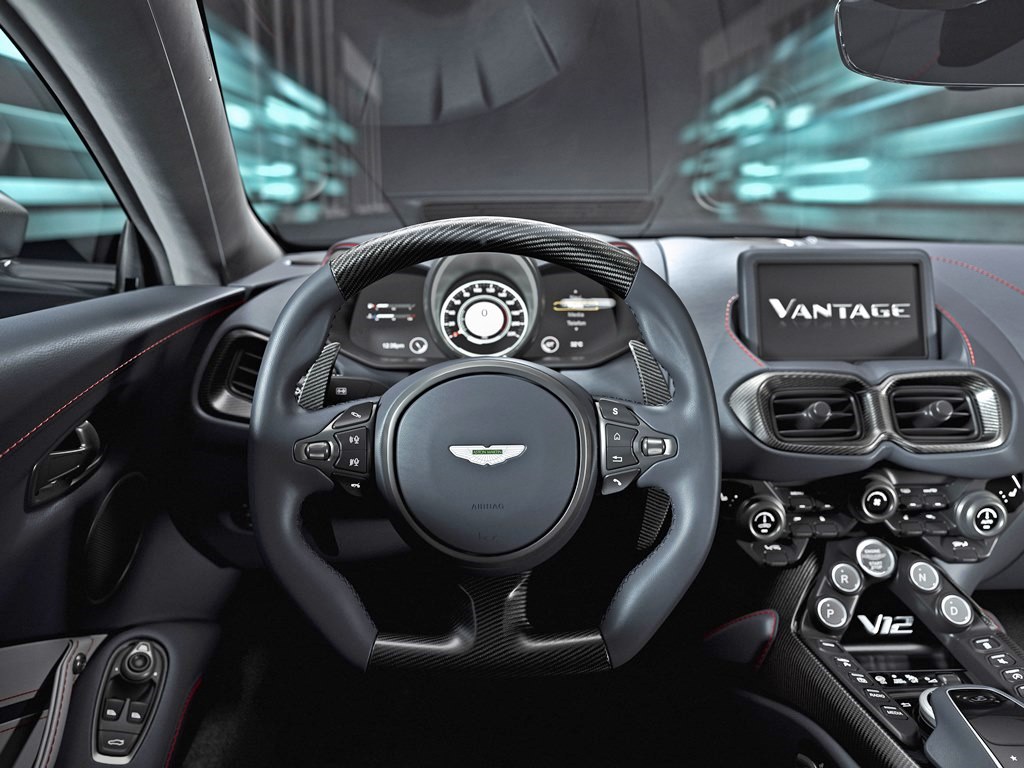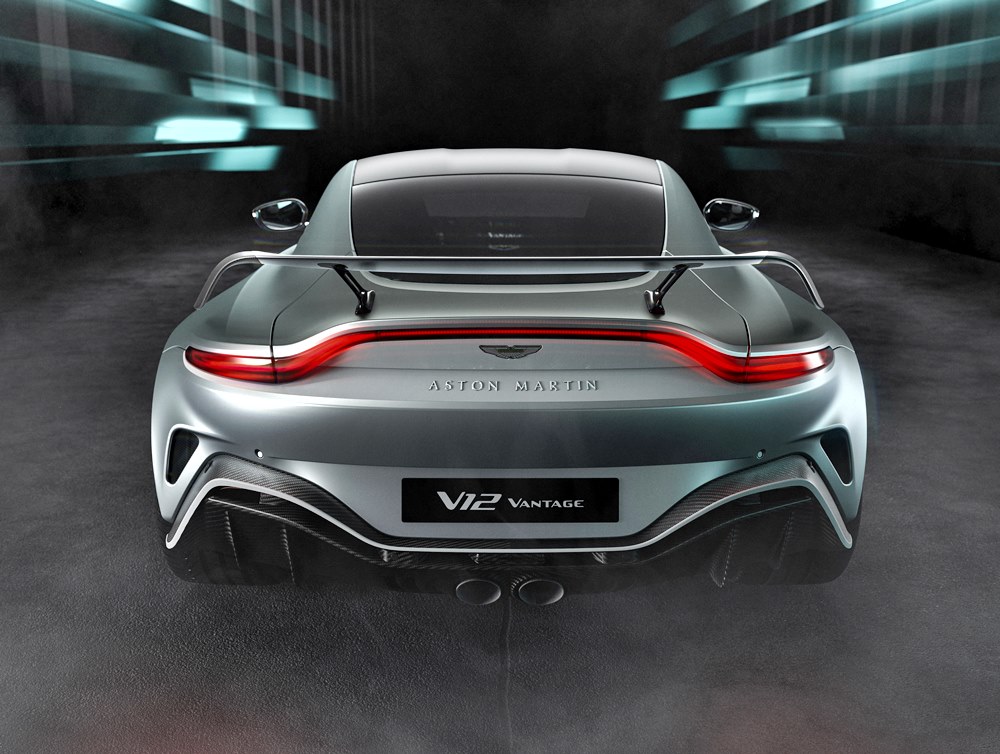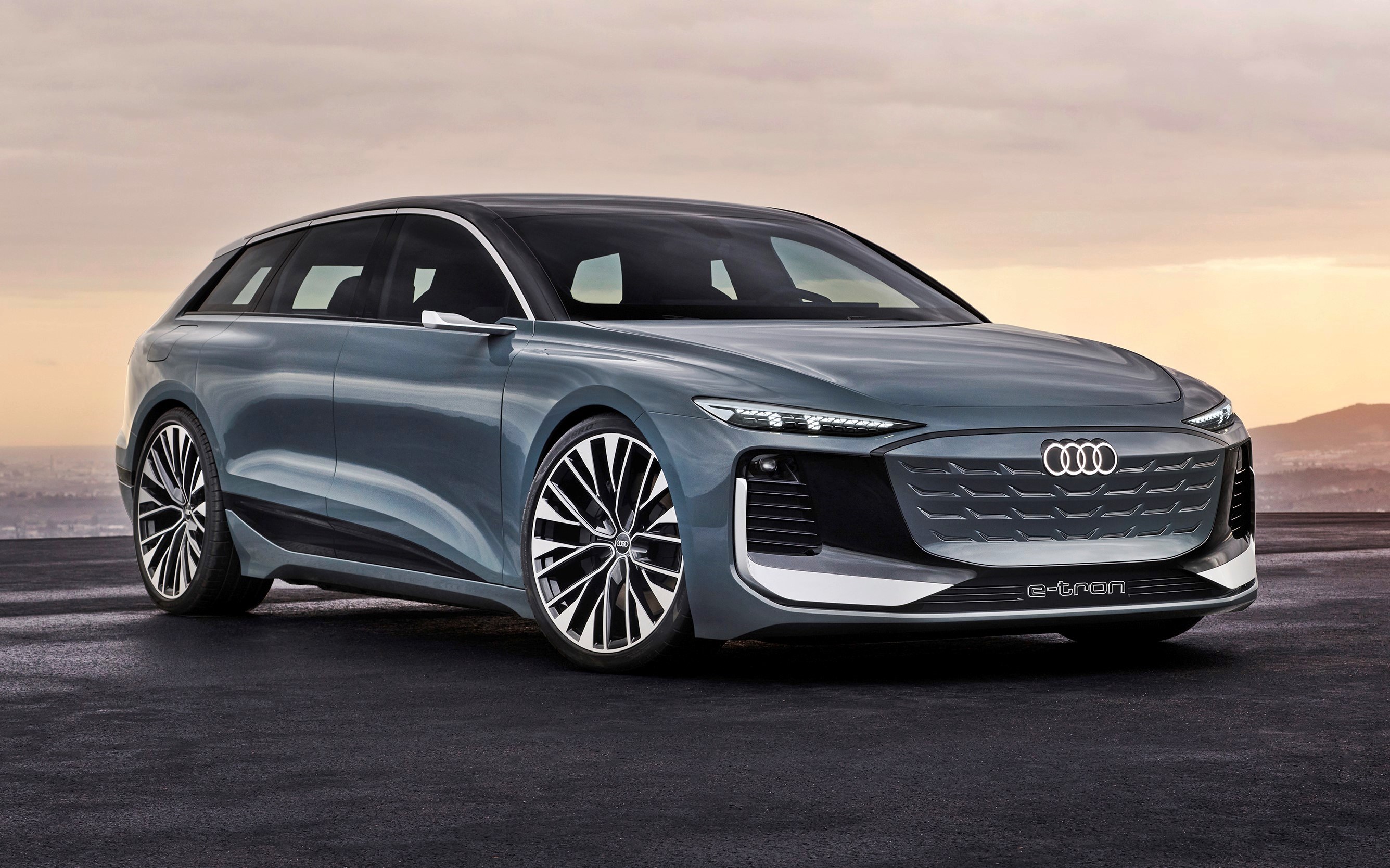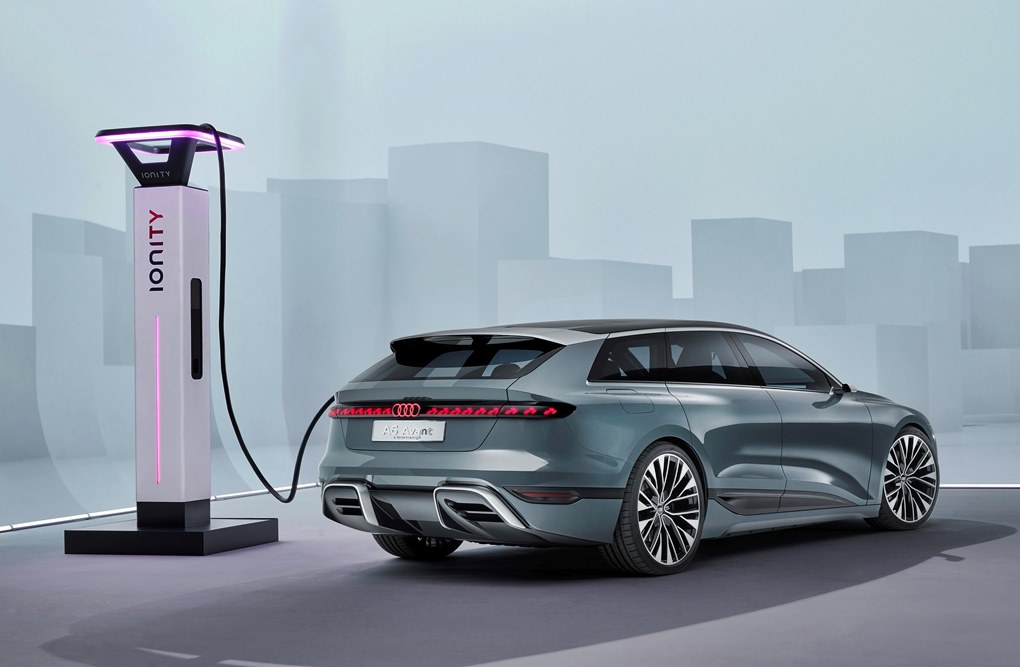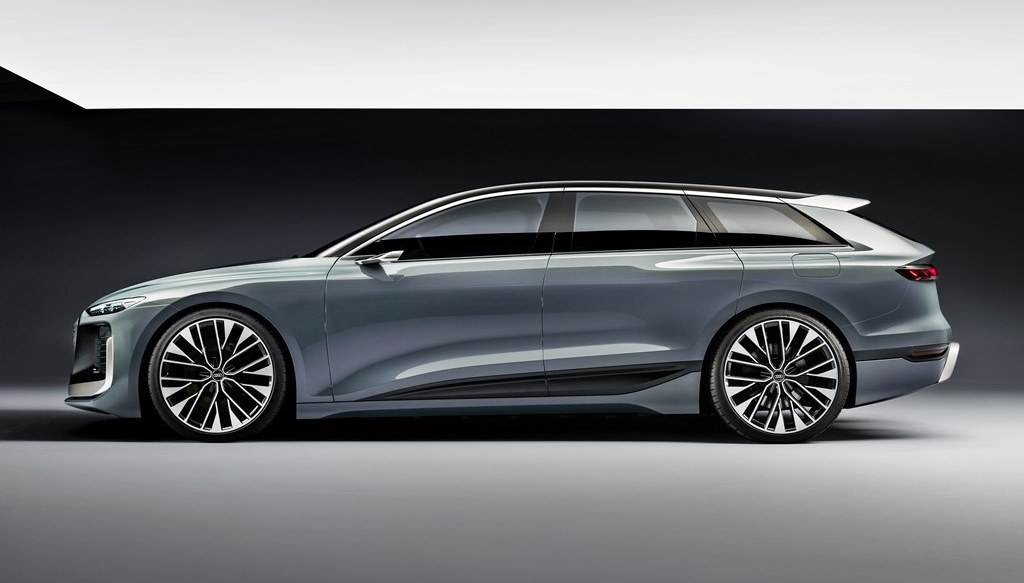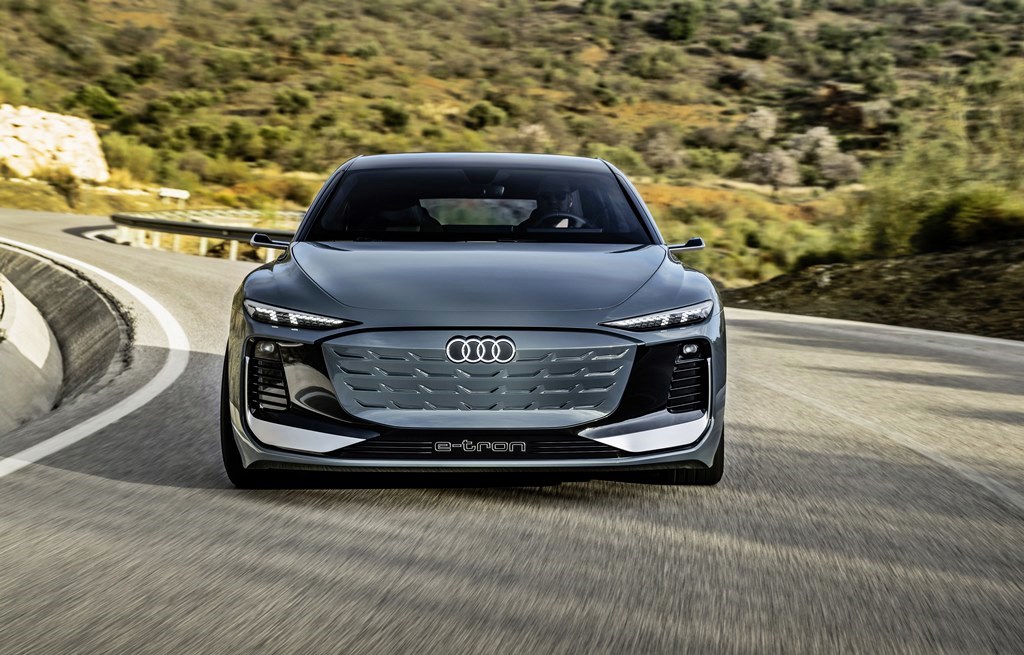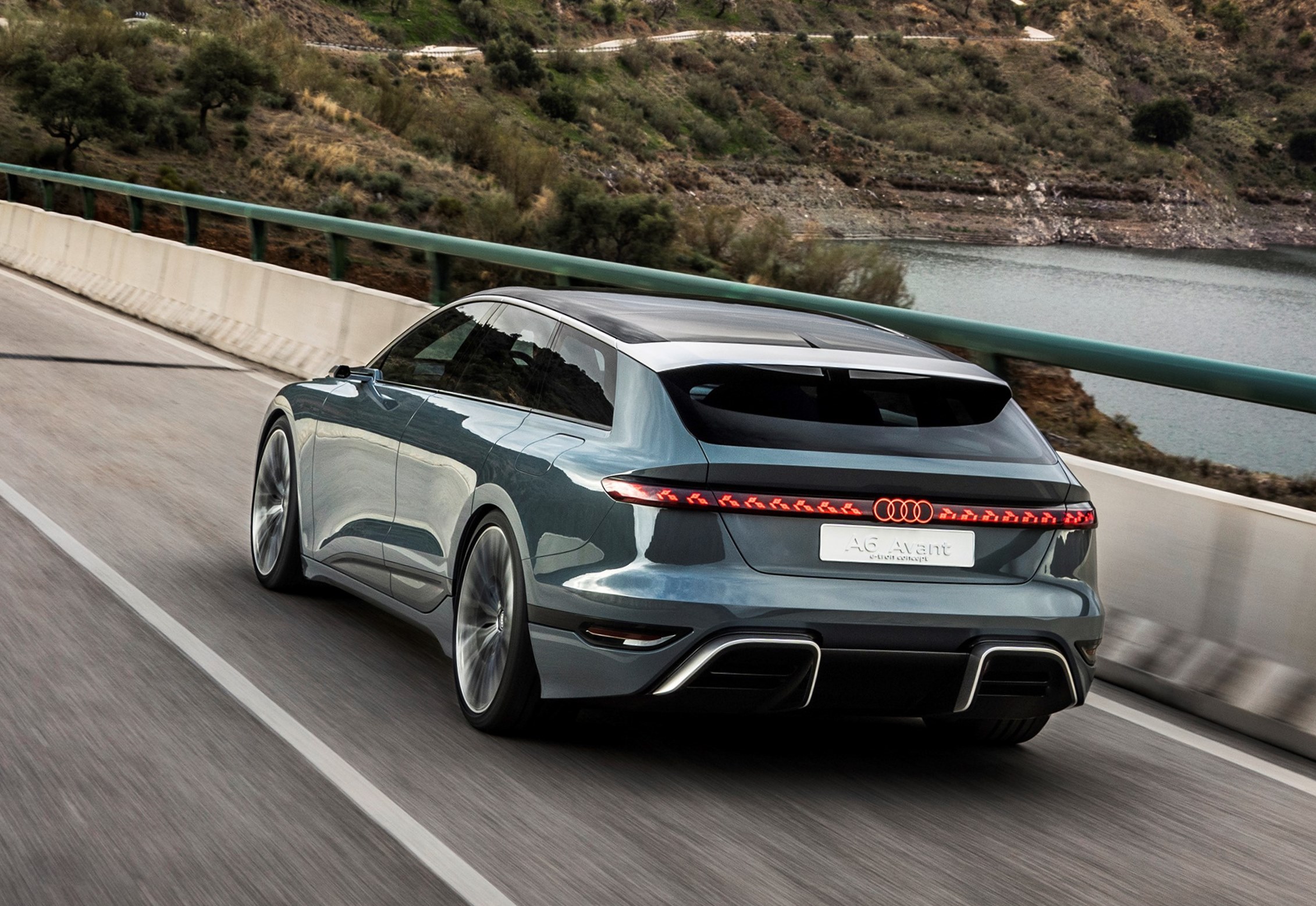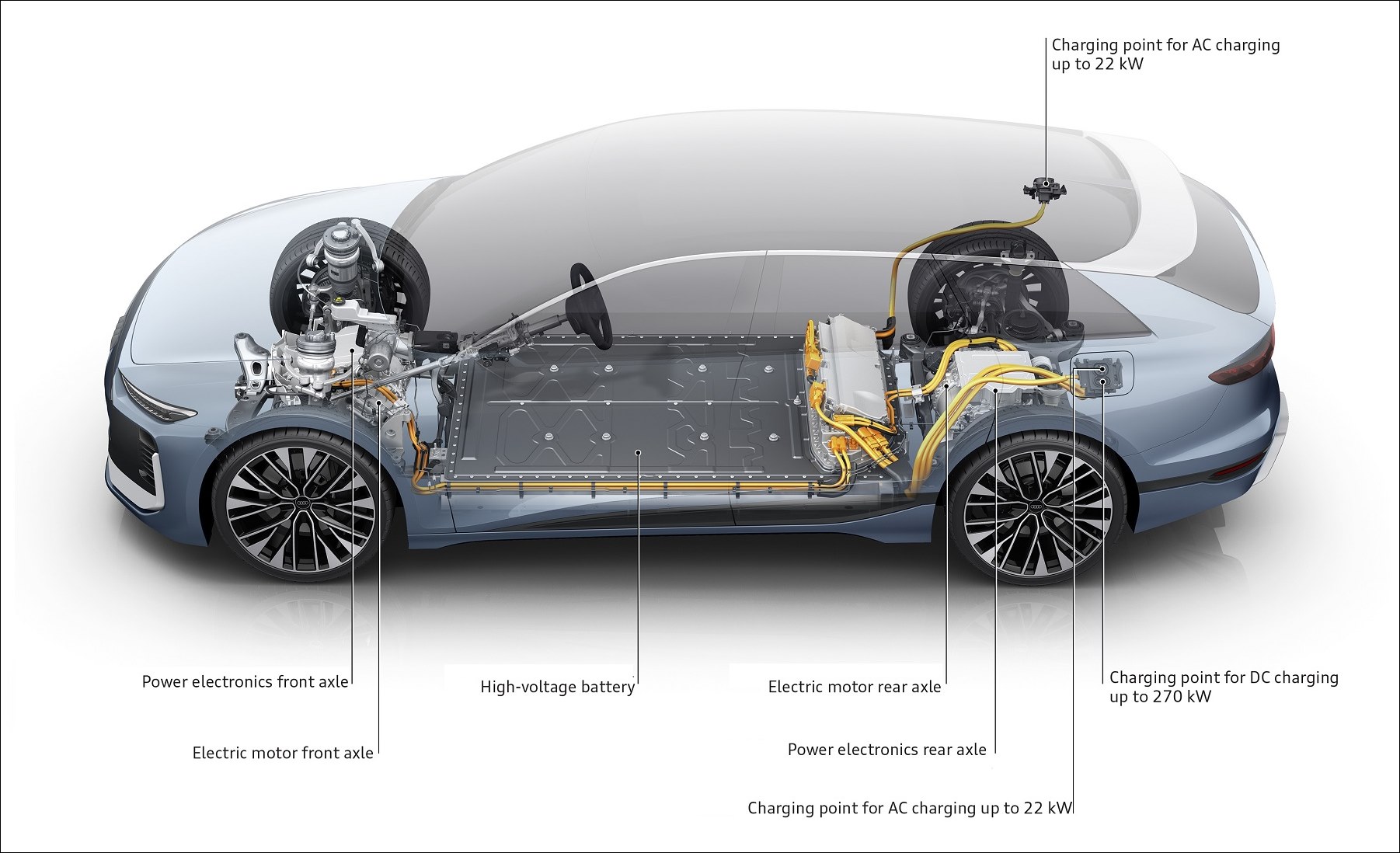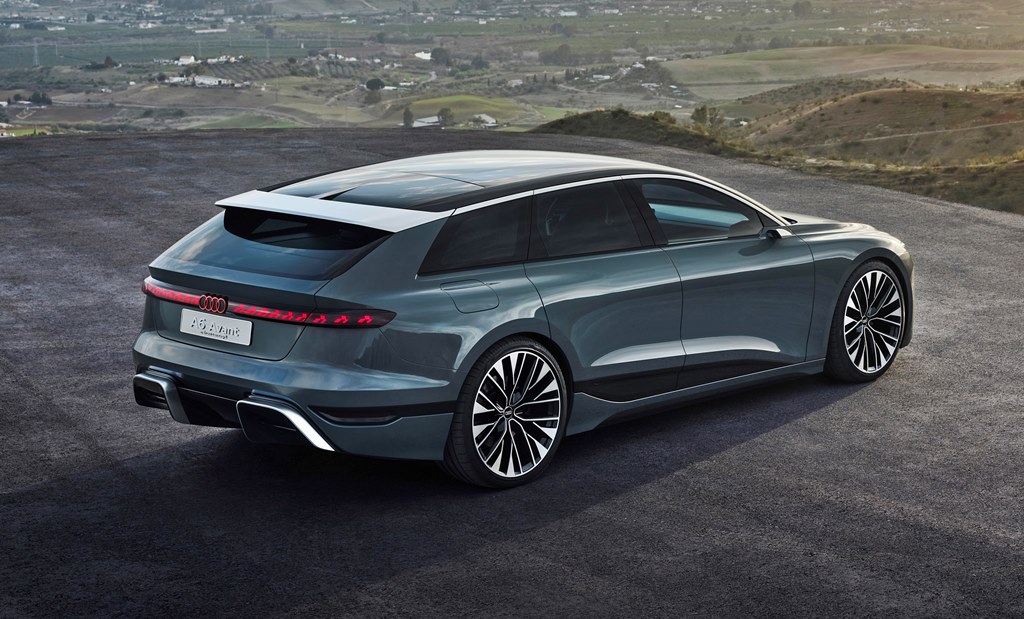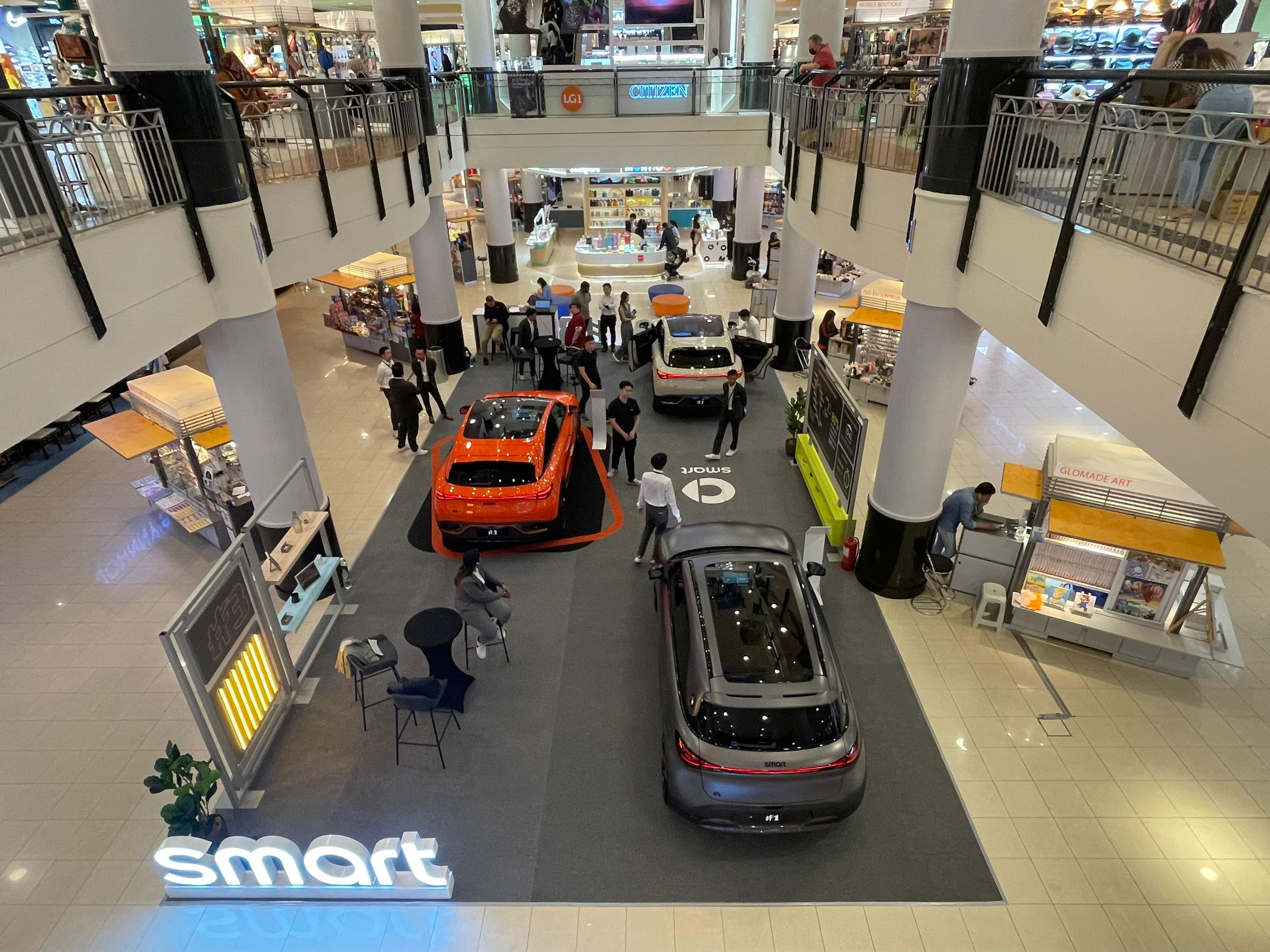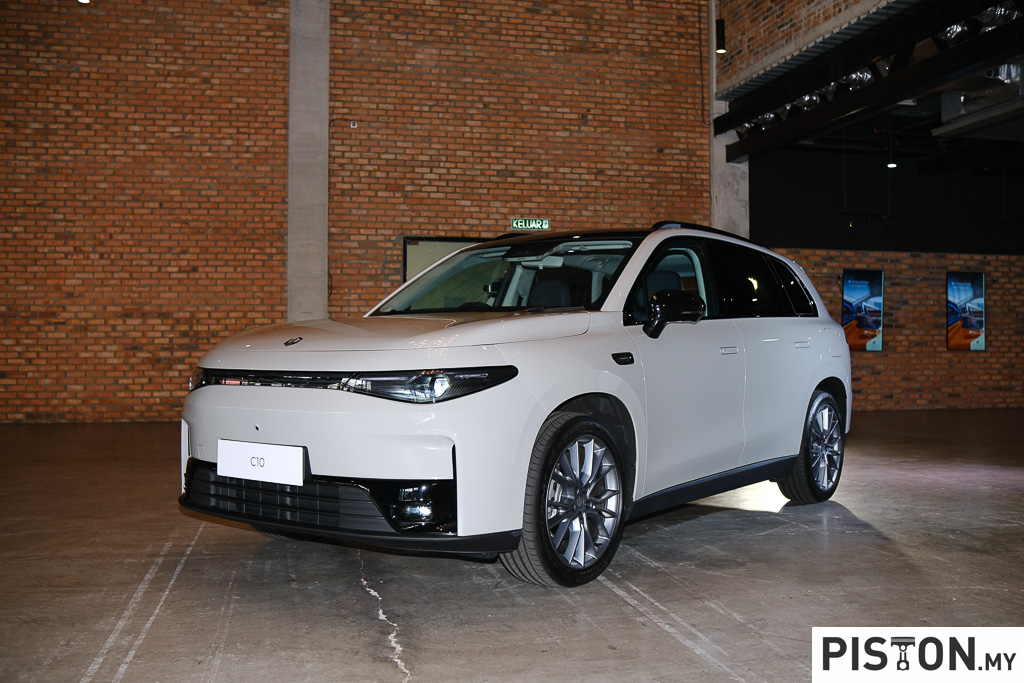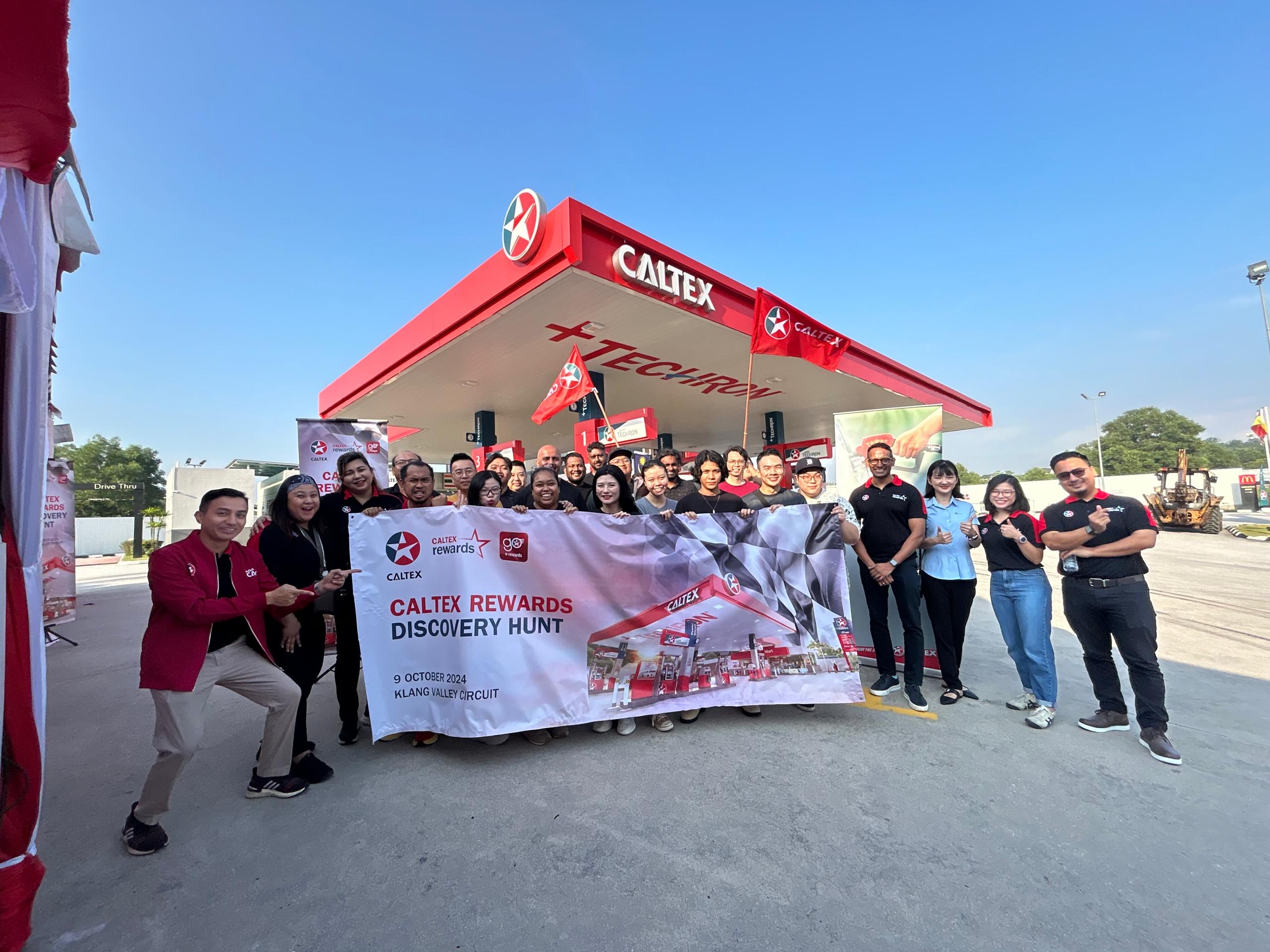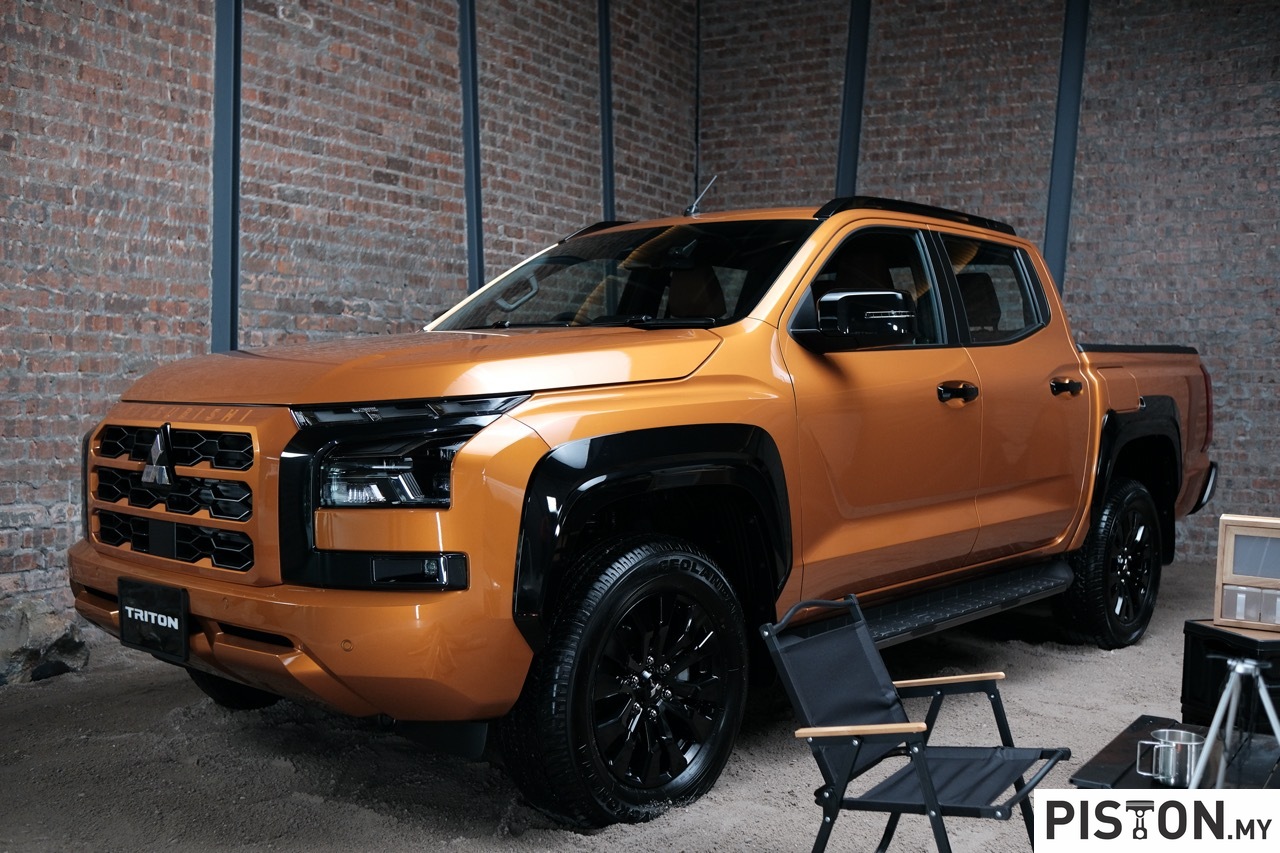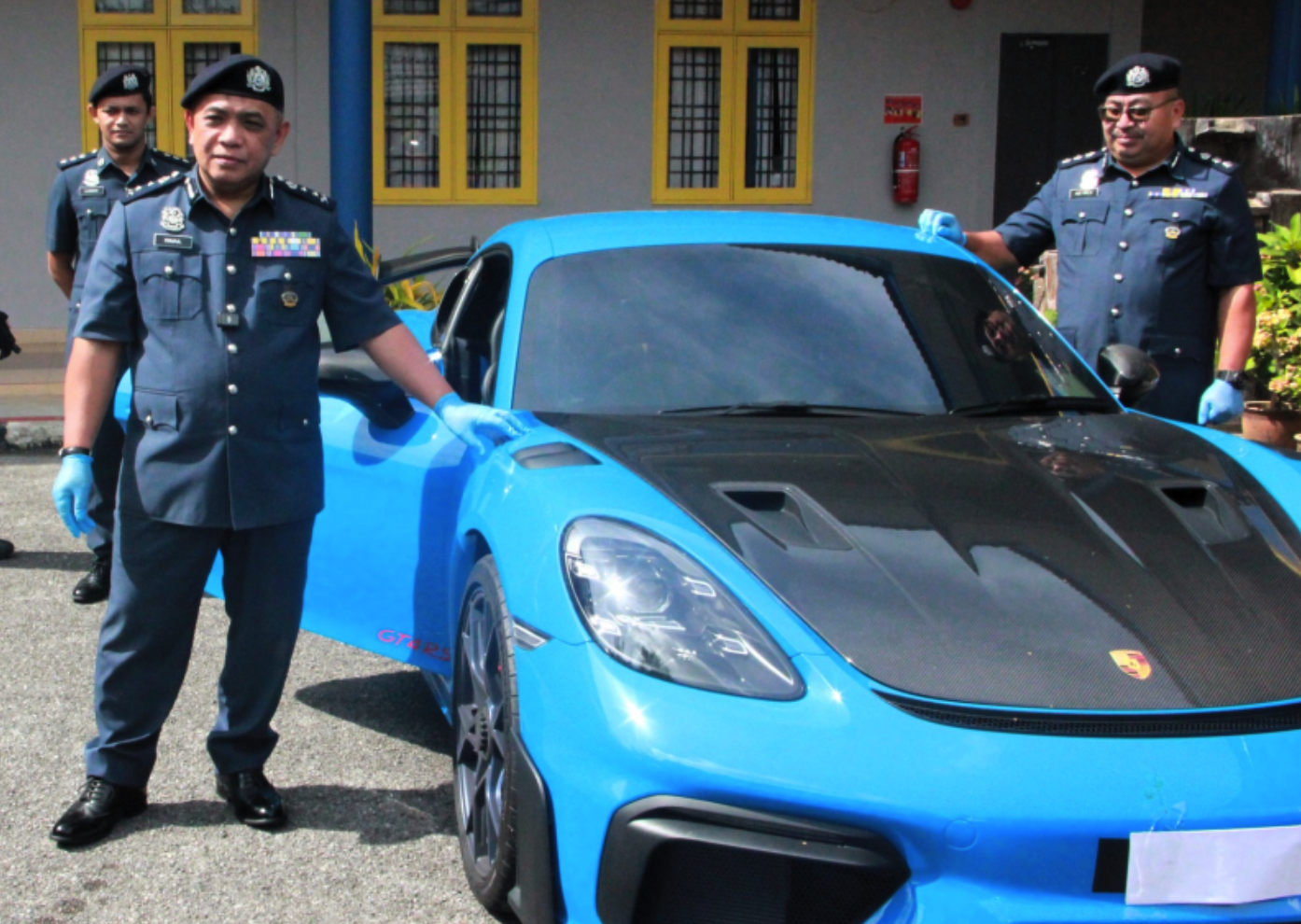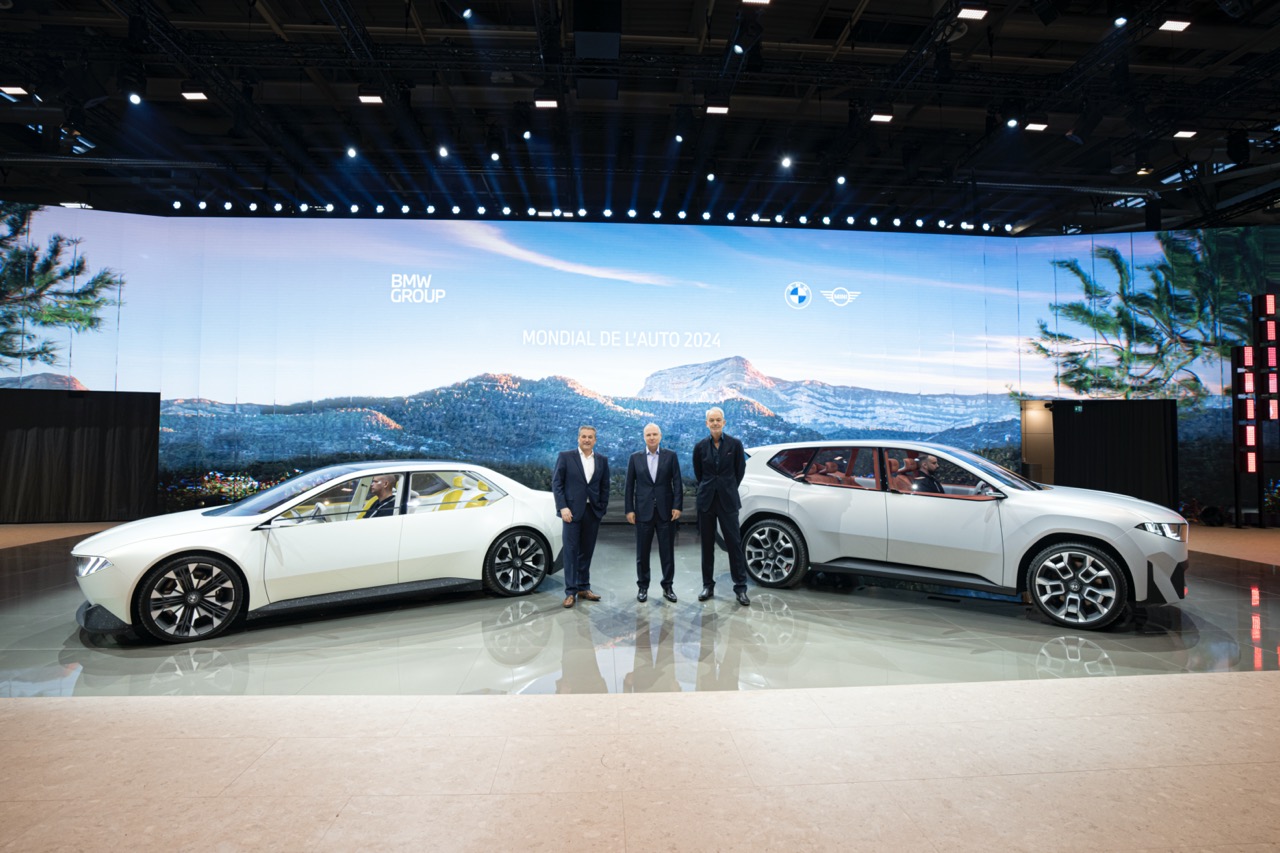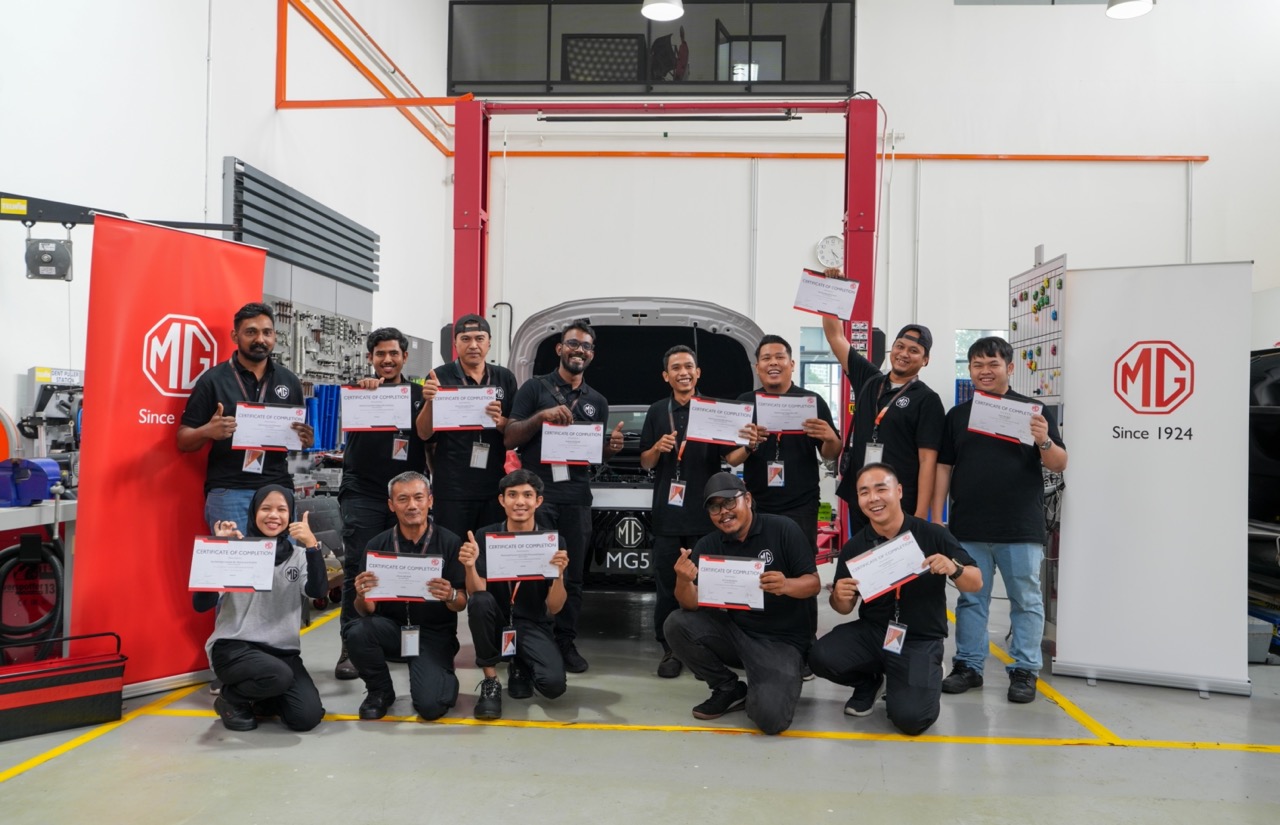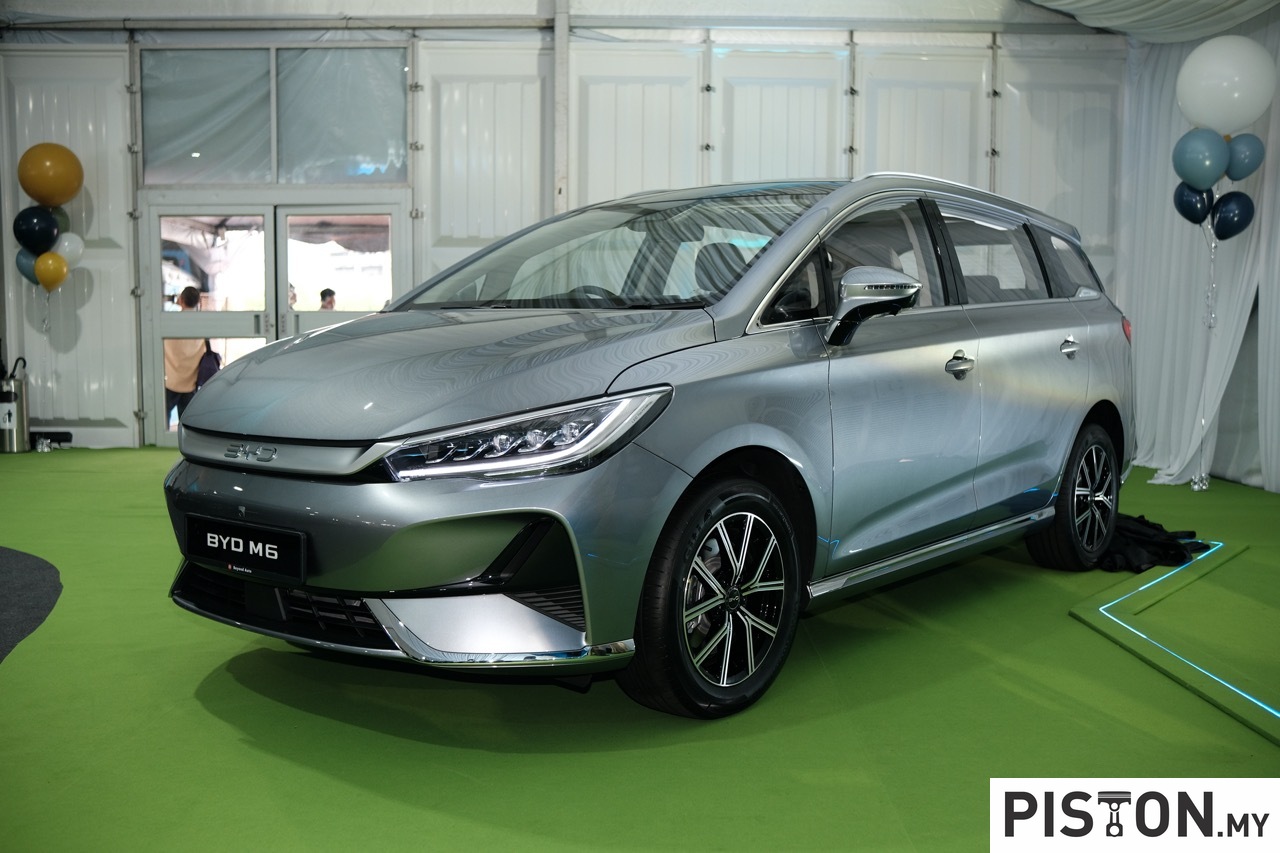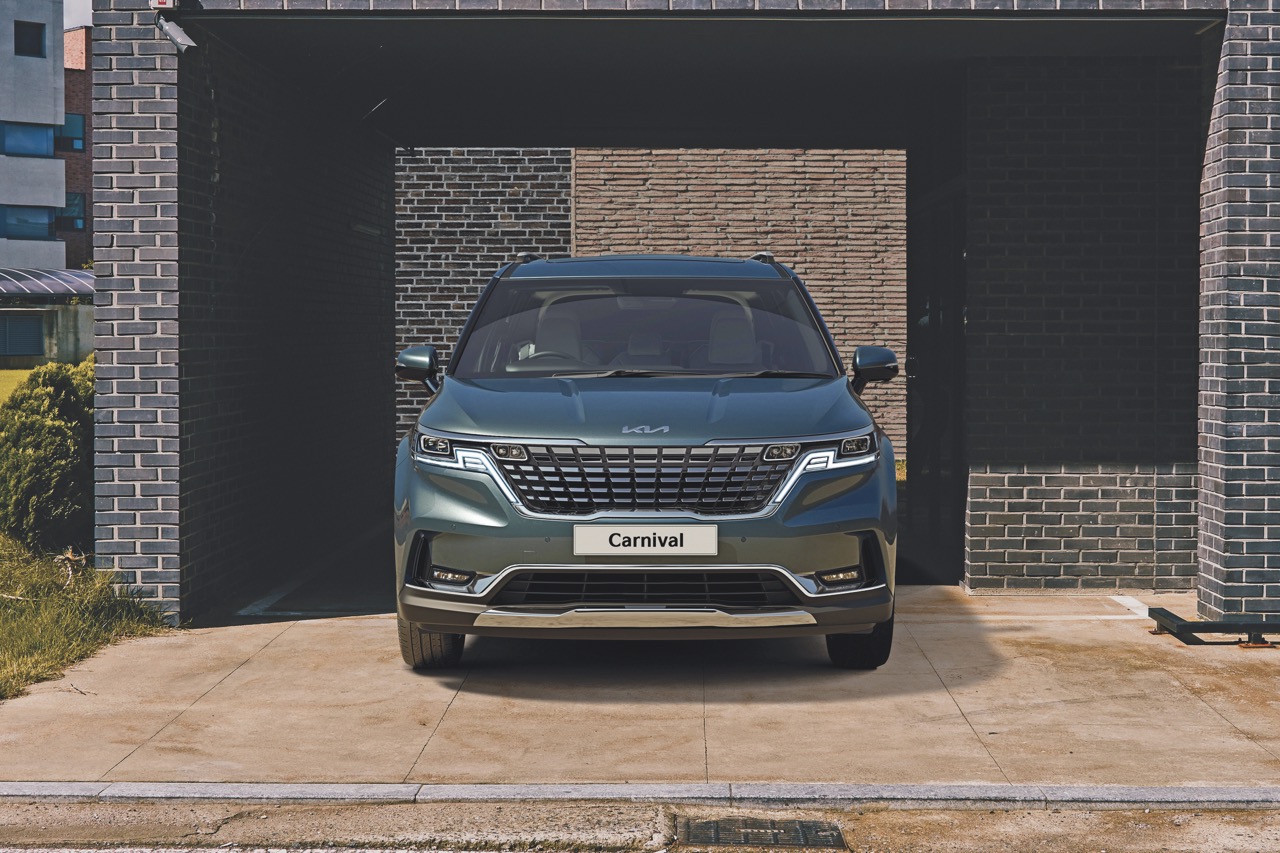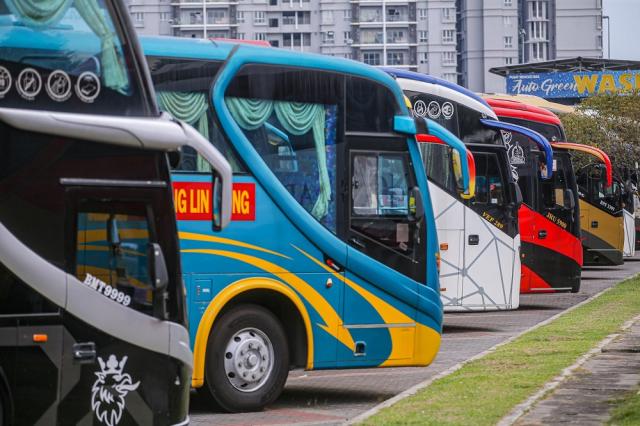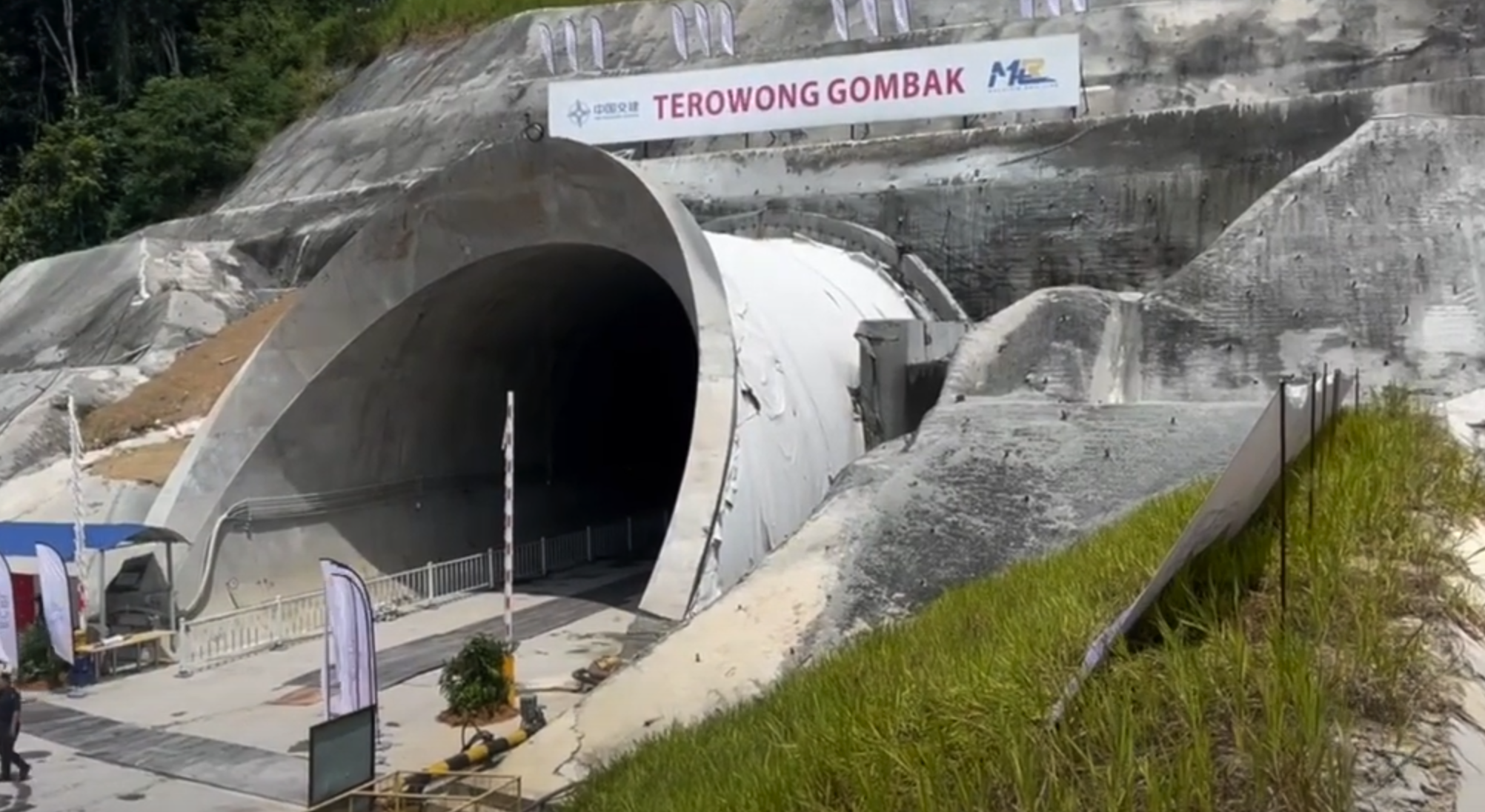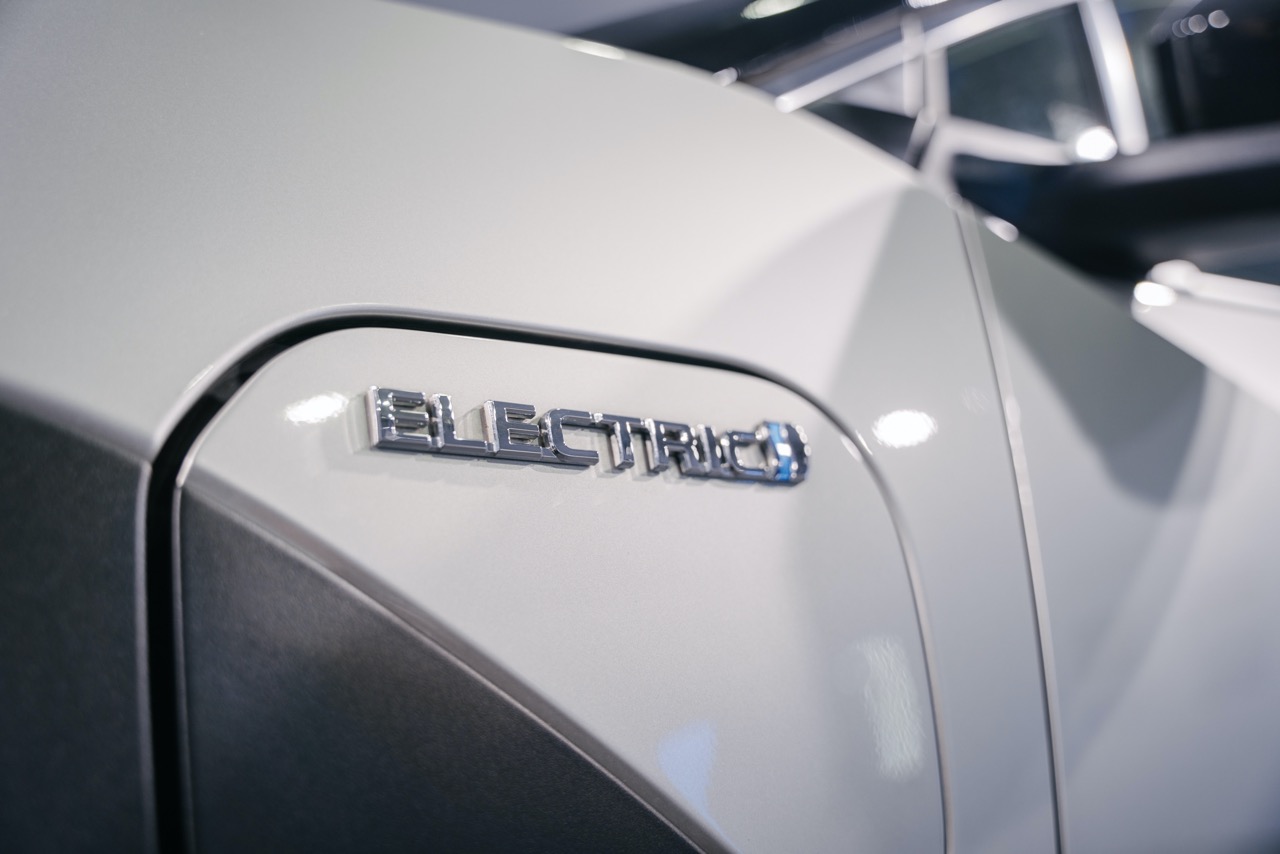When a father has a passion for a sport, it often gets picked up by his children too and as they grow up, they learn the skills from him and can one day also become stars. In many cases, it’s often the boys who get the father’s encouragement and support but in Eddie Lew’s case, it’s his daughter and clearly, he believes that the sport is not restricted to just males.
So at this weekend’s Season 5 opening round of the Vios Challenge one-make race series (part of the TOYOTA GAZOO Racing Festival) at the Sepang International Circuit, we have the presence of a father and daughter in the racing. It is probably the first such pair in Malaysian motorsports and while they are not racing directly against each other (in the same class) or even on the same team, perhaps one day that might happen.
Exposed to racing since 3 years old
Eddie’s daughter is Adele, 20, who’s been tagging along with him and his friends to races since she was 3 years old. “He used to compete a lot at the then Pasir Gudang Circuit (Johor Circuit), and I’ve been following him to all his races ever since, from the Malaysia Championship Series and the MSF Series to the Sepang 1000km Endurance Race,” Adele said, revealing that she started driving fun karts only last year and just managed to do it for a month before the Movement Control Order (MCO) came into force.
She is currently an undergraduate at one of the private institutions of higher learning in Kuala Lumpur and her father resides in Johor. So Adele’s training sessions have since gone online with the two spending hours communicating. “Believe me, our calls can last for hours with super long conversations on racing!” she revealed.
“When we’re together, he makes me drive a manual transmission car and we spend time on the racing simulator where he teaches me to become familiar with the many racing lines and braking points,” added Adele.
GR Young Talent Development Program
While her father, an accomplished racing veteran with a history that dates back to the early 90s, inspires her, Adele has also been given an opportunity to develop her racing skills through the TOYOTA GAZOO Racing Malaysia/GR Young Talent Development Program. She is among the six young Malaysians who make up the second batch of the program. Candidates selected are between the ages of 16 and 20 who are keen to transition from karting and simulator racing to real-world saloon car racing. It is part of UMW Toyota Motor’s initiative to provide young drivers with a platform to climb the motorsports ladder, and to bring new blood into the sport.
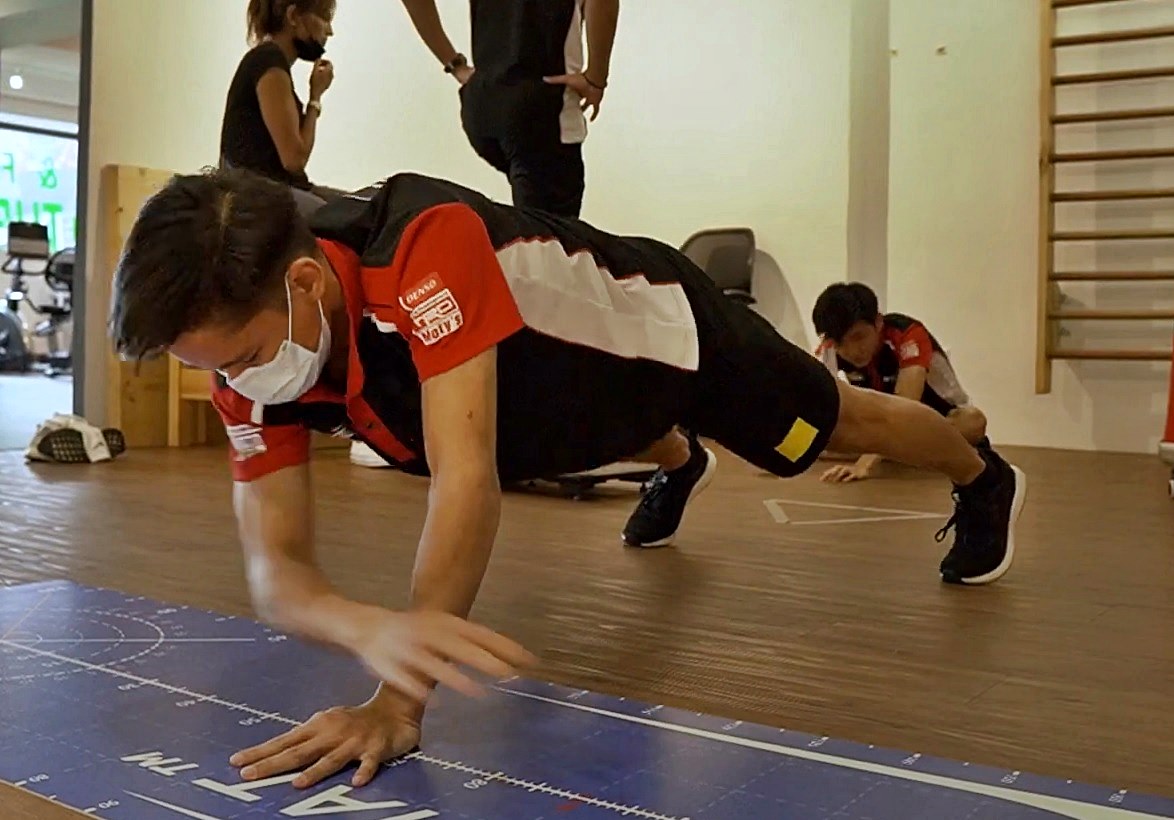
Adele and the other 5 rookies have undergone systematic training which covers core aspects of becoming a professional driver. From top drivers like Alex Yoong, Tengku Djan Ley and Mark Darwin, they learn racecraft and how to prepare themselves in fitness, nutrition and even psychologically. It is quite an intensive program and when they have graduated, they are given opportunities to race in the Vios Challenge and other events, as Adele will be doing this year.
“Compared to the others, I am a real beginner with limited experience and that means I have to put in twice the effort. We’ll see how things go as the season progresses, but I’d really like to get on to the podium and make my Dad proud. From several sessions on the track with the Vios racing car and being guided by several different coaches – some of whom were last year’s Rookie Class racers – I’ve learnt a lot especially in mentally preparing myself. And the car is also very easy to drive,” she said.
Not racing directly against Dad – yet
Technically, Adele will be competing in the Rookie Class (for the graduates of the program) while her father is in the Super Sporting Class for veteran and professional drivers. However, father and daughter will be in the same race as the two classes run together. So who knows – Dad might just see his daughter’s car appearing in his mirrors one day!
“This is a very special moment for the both of us. In order for me to be able to race my father shows just how long he has been in motorsport. This is going to be a whole new experience for the two of us and my dad is equally very excited. He is definitely the best mentor I could have ever hoped for to prepare for my first ever race weekend,” said Adele.
Racing fans and enthusiasts have been able to catch the weekend’s action and stage performances by local celebrities streamed live on the UMW Toyota Motor website at www.toyota.com.my and on the Toyota Malaysia and TOYOTA GAZOO Racing Malaysia Facebook pages
UMW Toyota Motor starts GAZOO Racing Young Talent Development Program




